In 2023, Dell introduced an updated 27-inch WQHD monitor as a part of their well-known UltraSharp series. This monitor features a fast IPS Black panel with a 120 Hz refresh rate and a 2000:1 contrast ratio. We are talking about the Dell U2724DE review, from the well-known UltraSharp series.
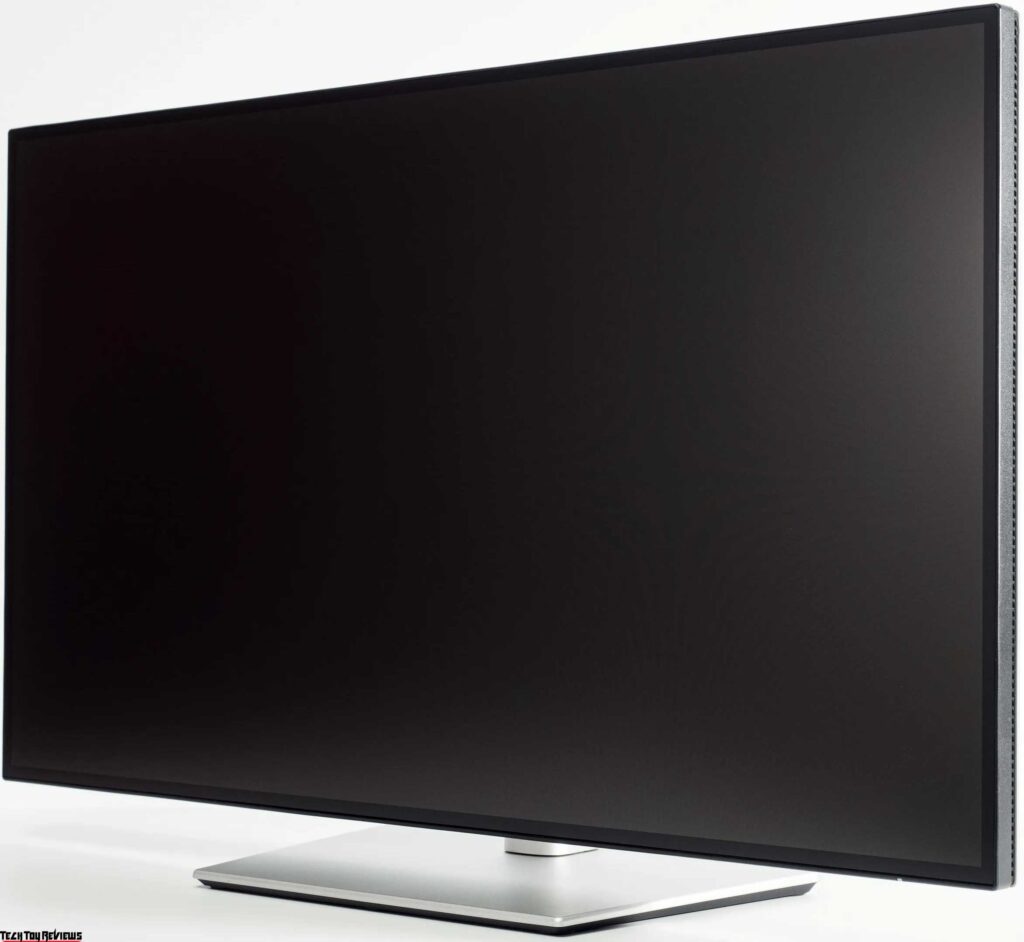
Previously, we reviewed a similar monitor, the Asus PA278CGV, which ASUS referred to as a professional monitor. However, it’s important to note that Dell’s full-fledged professional monitors are from the UltraSharp UP line. The U2724DE, on the other hand, falls into the category of advanced business monitors with ample connectivity options. Despite this, it stands out due to its twice-increasing picture contrast (compared to most IPS models, as per official technical specifications).
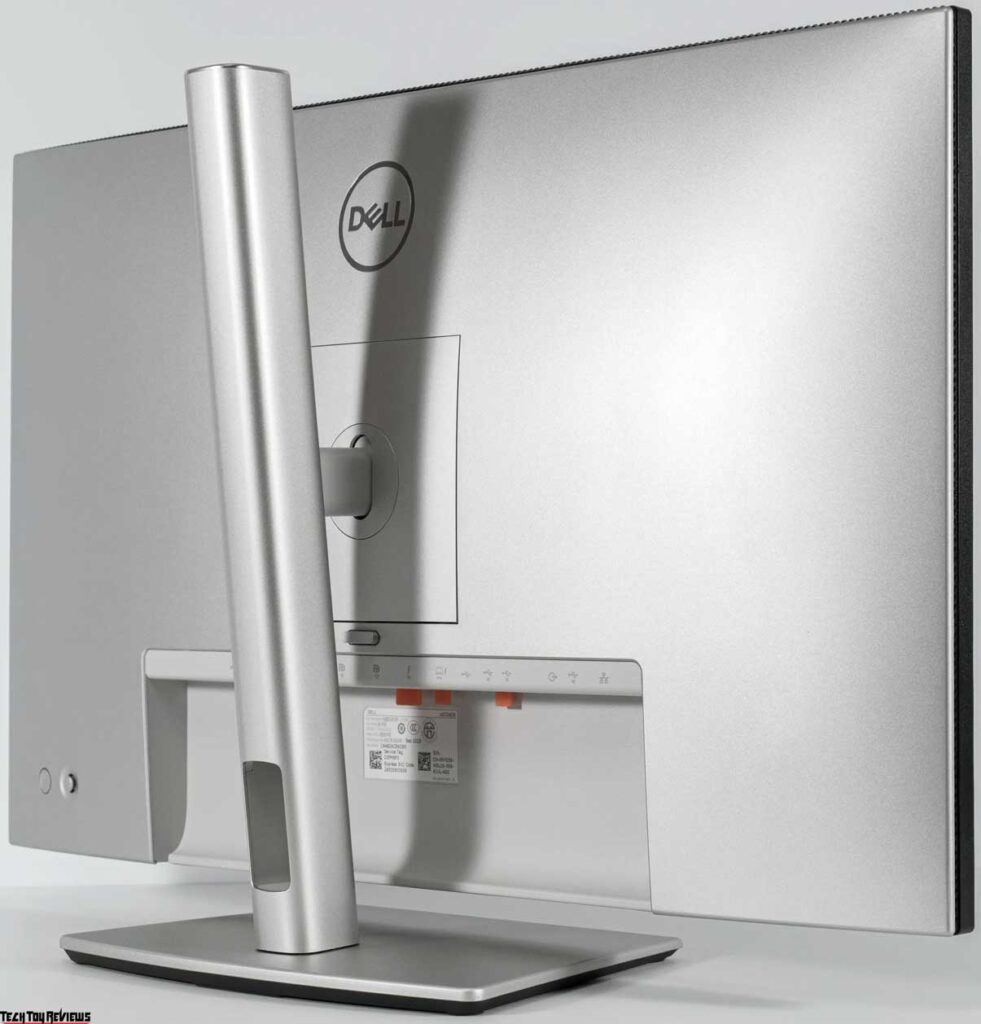
Dell U2724DE Review
Design
The Dell U2724DE monitor has a design similar to other monitors in the “U” business line. It features a 4-sided frameless design and uses high-quality matte plastic in light gray shades. To mount the monitor on a VESA-compatible bracket, unscrew four screws at the attachment point.
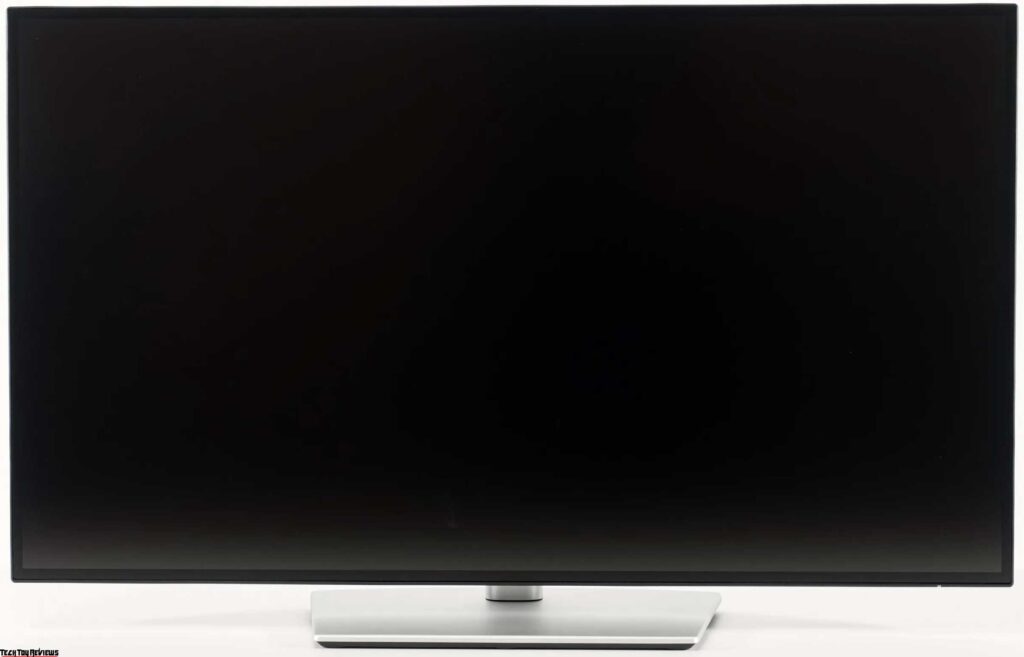
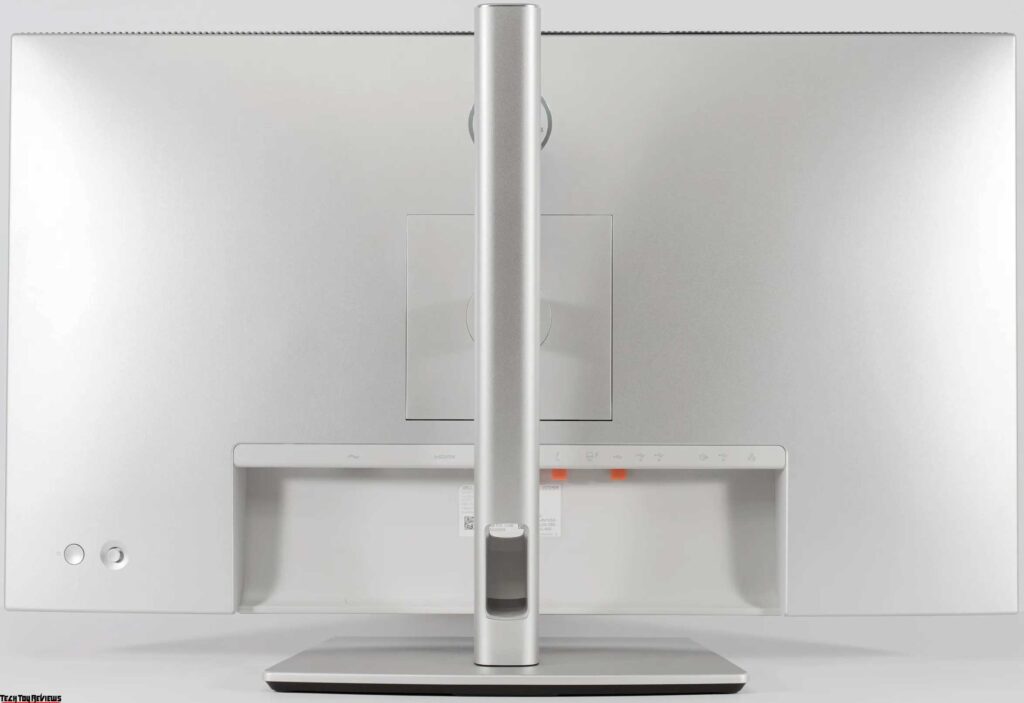
The stand is easy to assemble and disassemble, with a stable top surface made of gray plastic. The monitor offers advanced ergonomic capabilities, allowing for tilt adjustment (-5 to +21 degrees), rotation (45 degrees left and right), height adjustment (up to 150 mm), and the ability to switch to portrait mode (Pivot).
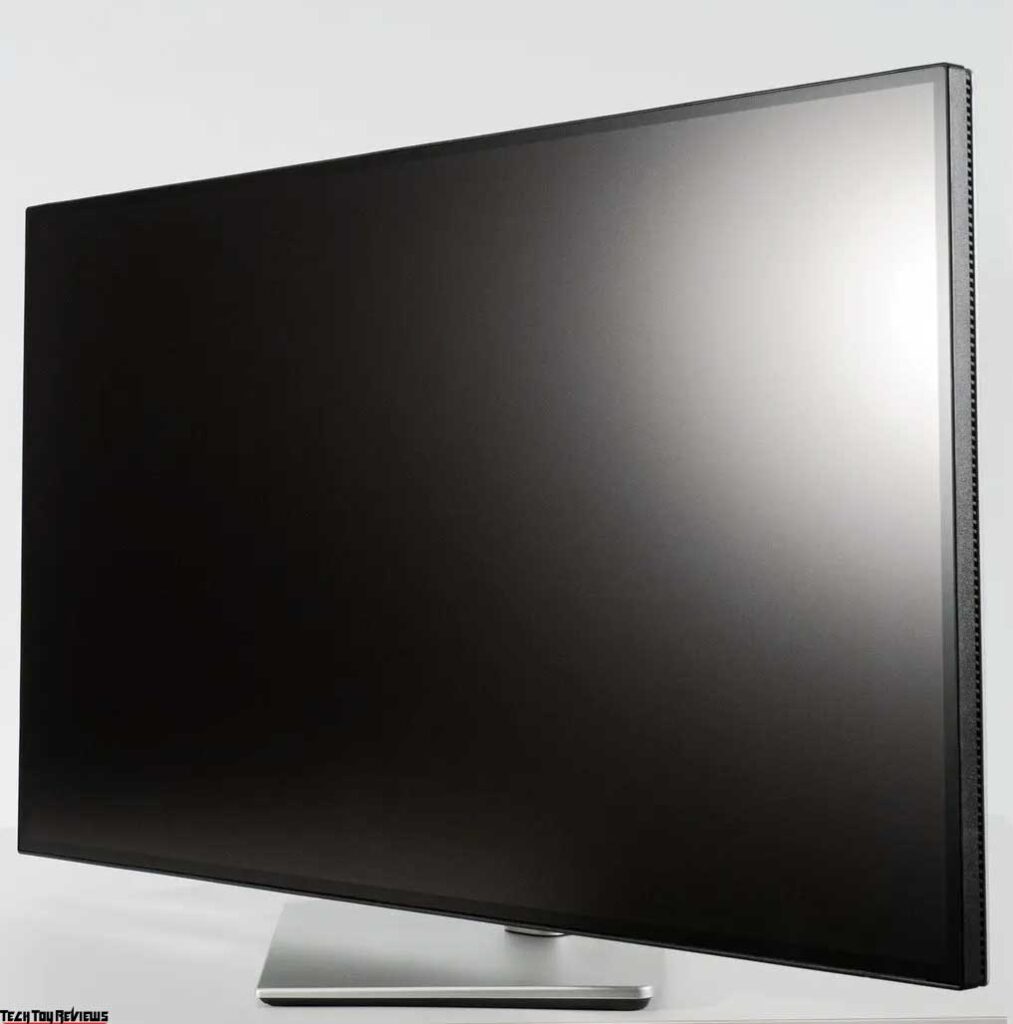
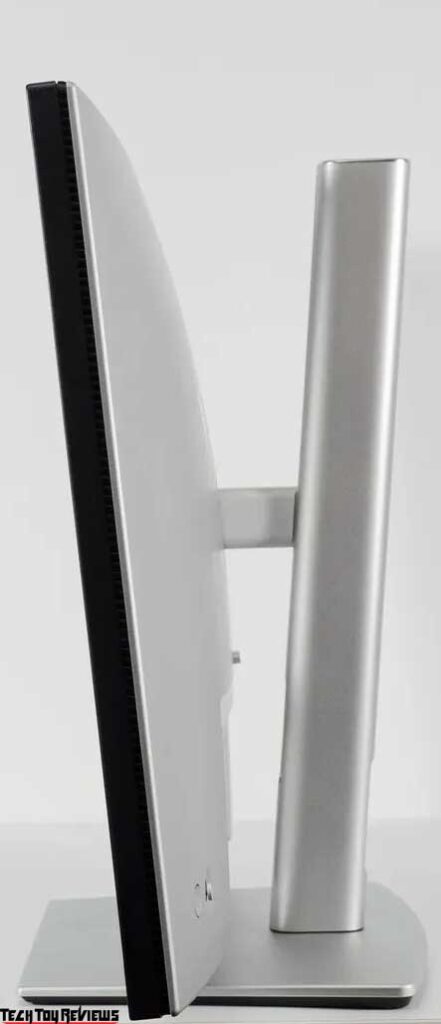
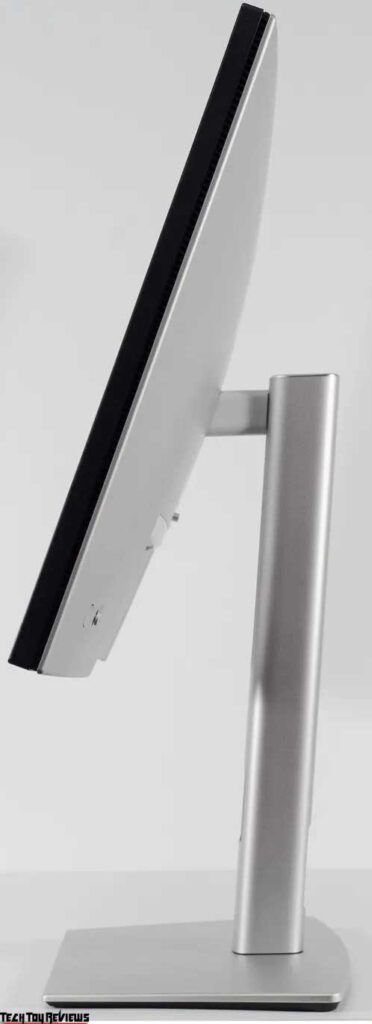
The stand uses six rubber feet to grip the work surface and hold the monitor securely. The monitor is well-built, with minimal gaps and no twisting or squeaking. The materials and assembly quality are excellent.
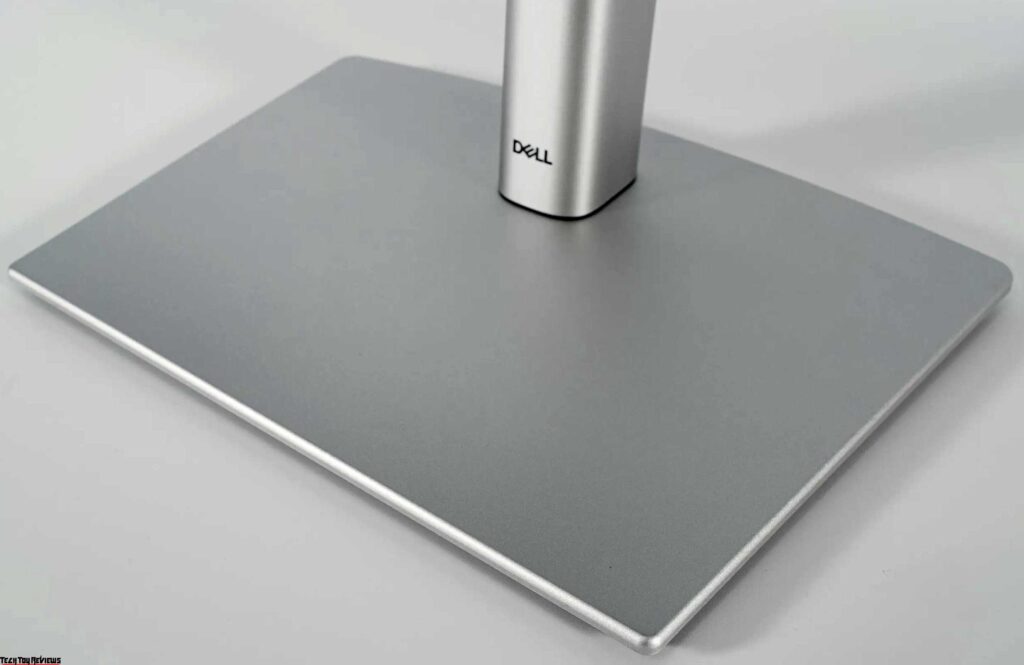
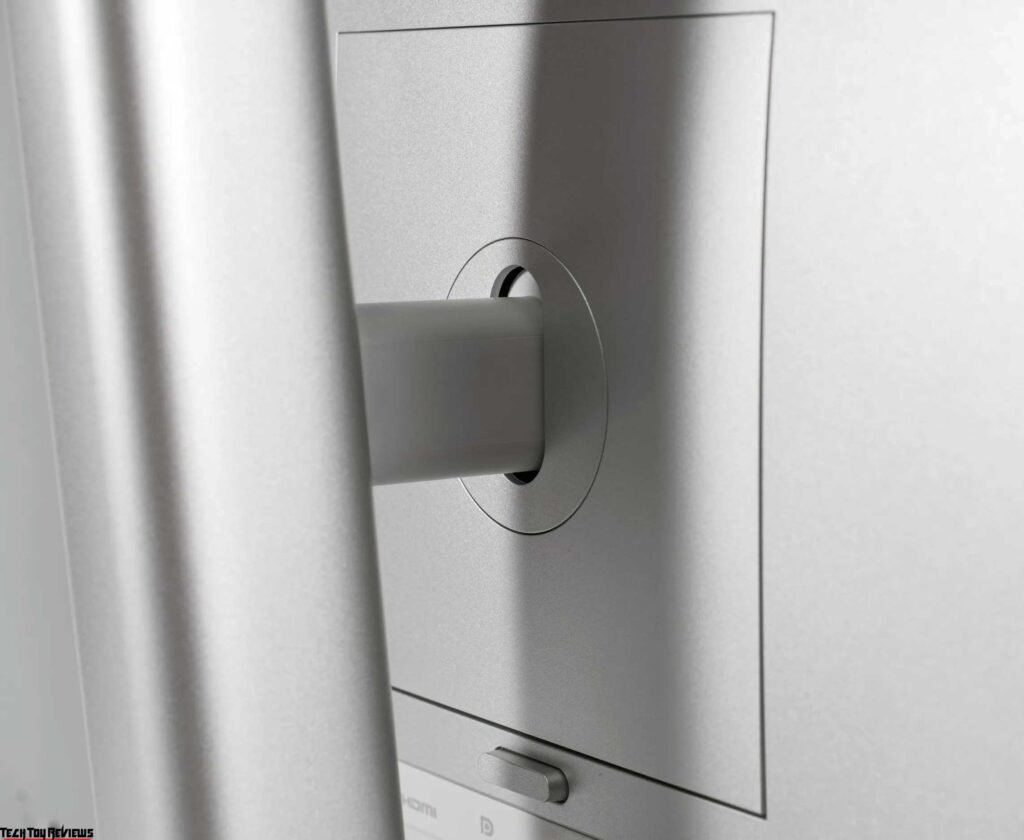
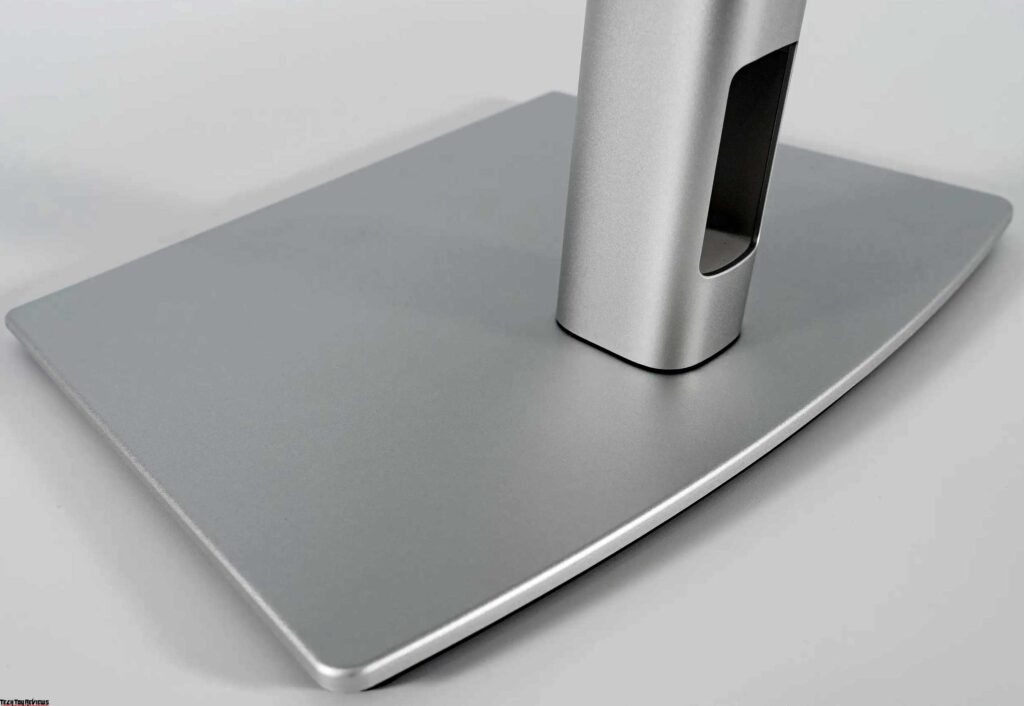
The monitor has a matte surface with anti-glare properties and a crystalline effect. It features a translucent plastic segment on the top edge, behind which are ambient light and color temperature sensors. This placement minimizes fluctuations in brightness and color gamut.
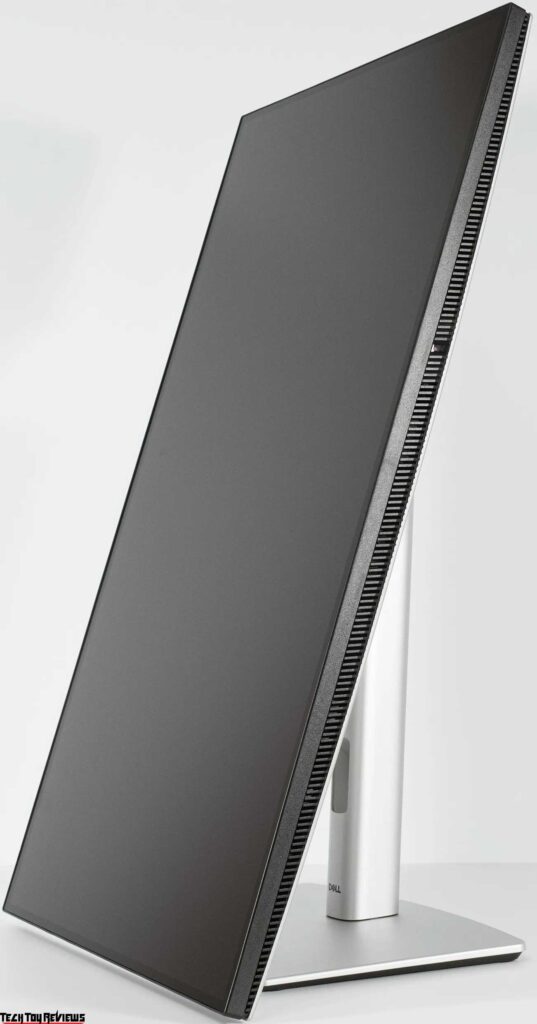
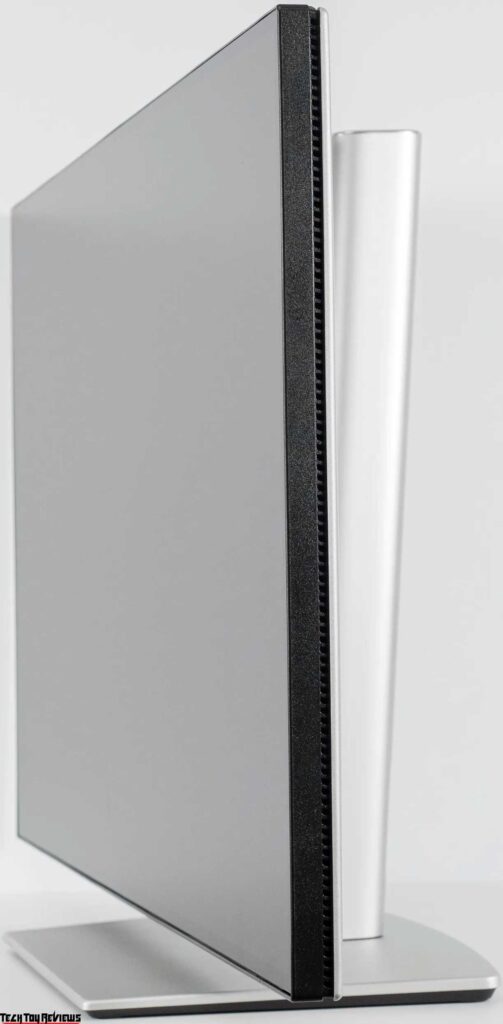
On the back of the monitor, there are HDMI 2.0, DisplayPort 1.4, Thunderbolt 4 (in USB Type-C format with Alt Mode DP 1.4) ports, as well as LAN RJ-45 ports. The cable connection block points downwards and orange silicone plugs cover some ports.
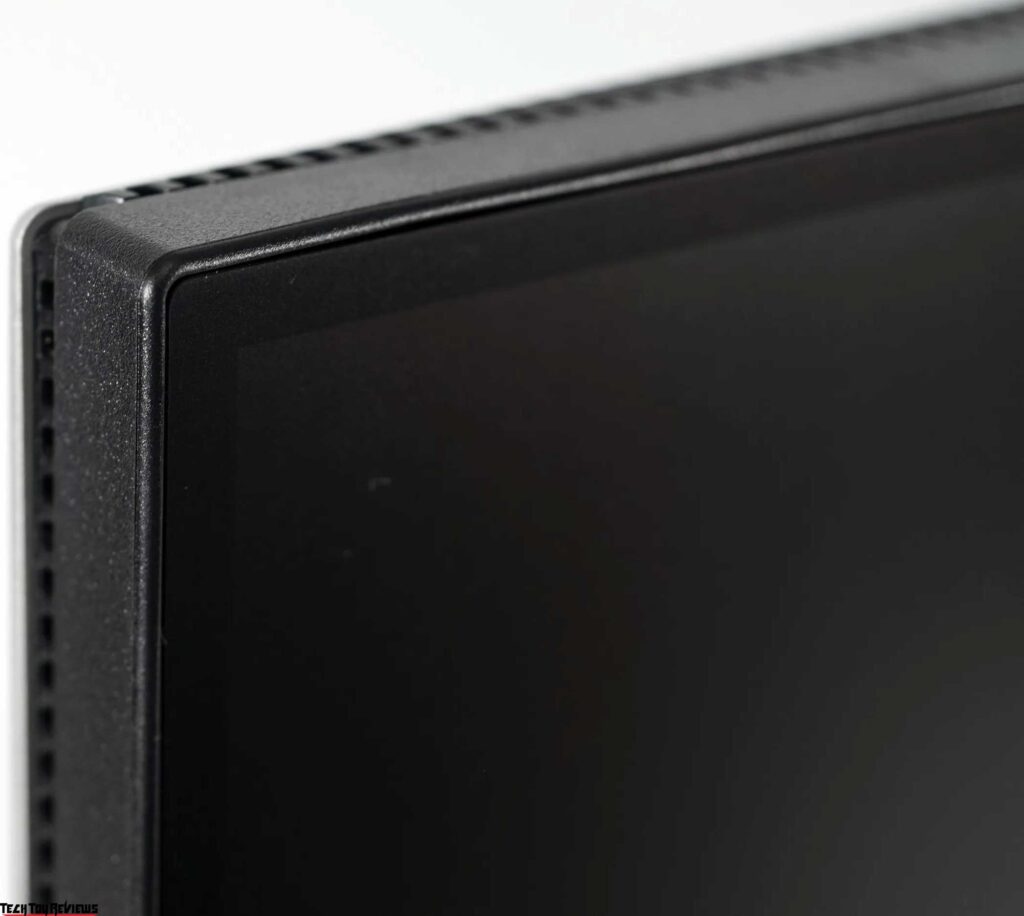
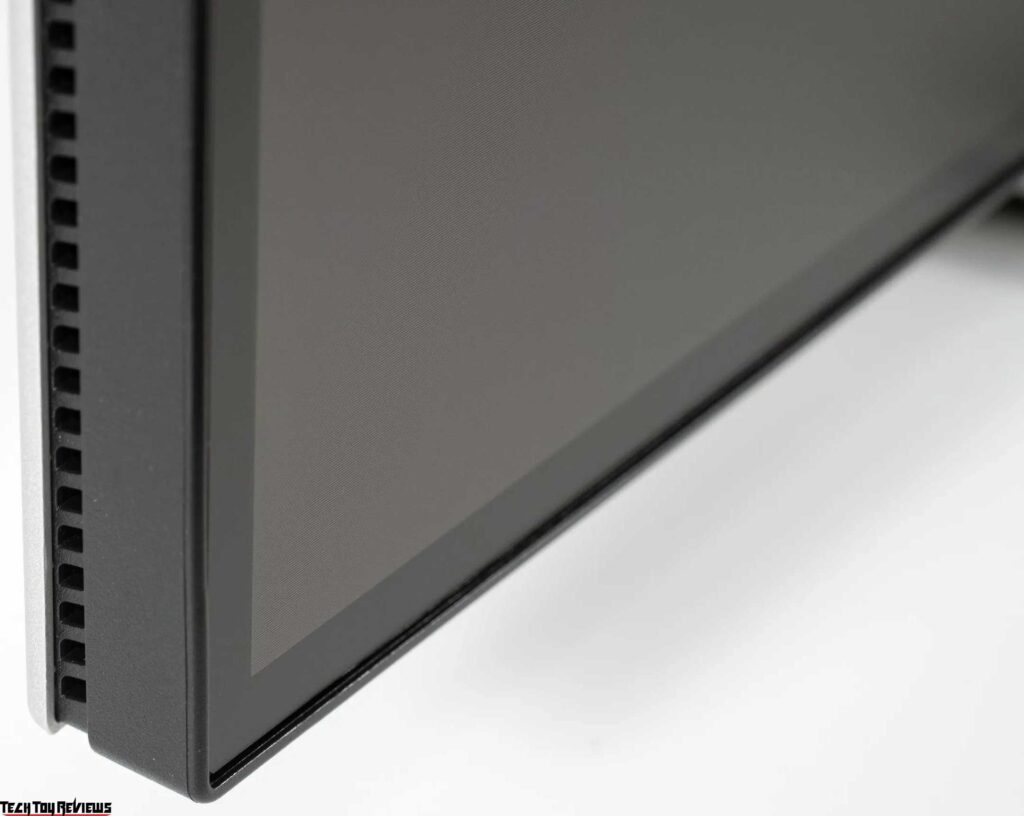
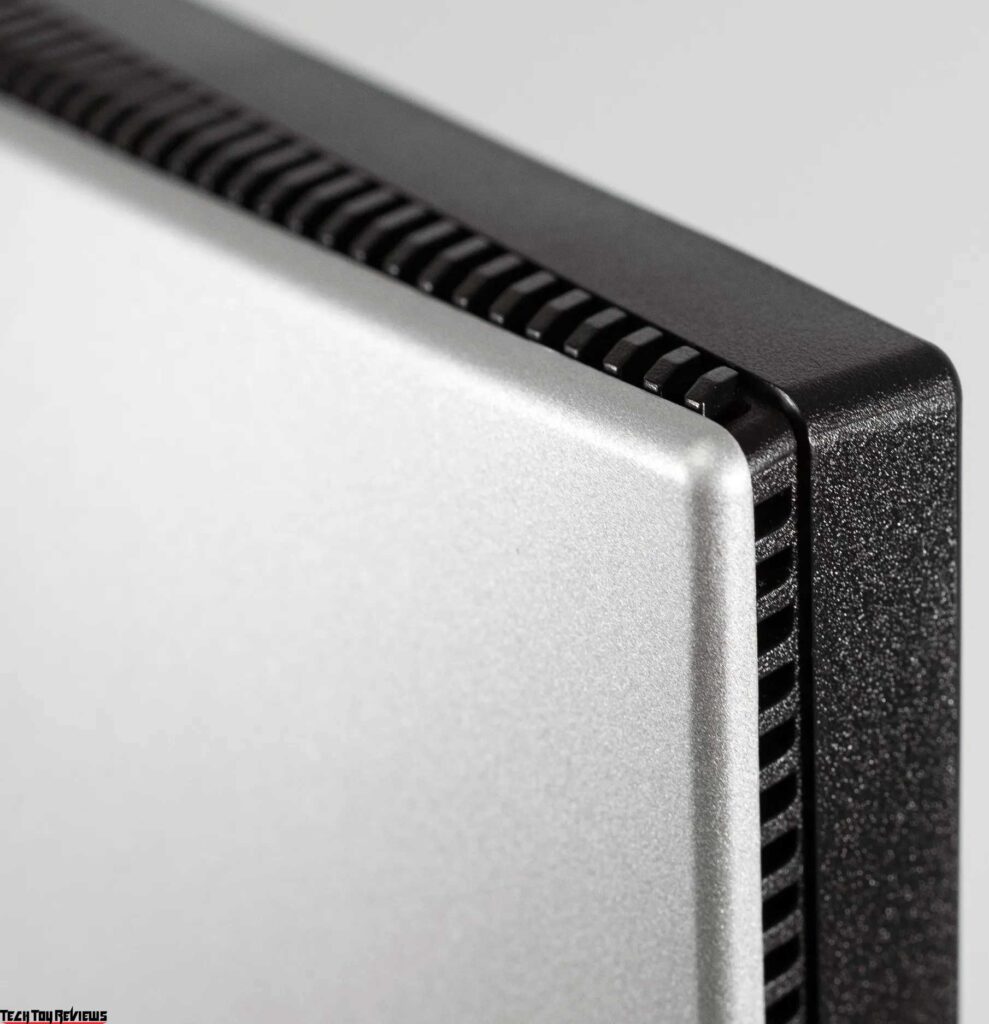
Additional high-speed USB 3.2 ports are located on a separate block on the left side of the case. The monitor does not have a built-in speaker system but has magnet holders for attaching a proprietary soundbar.
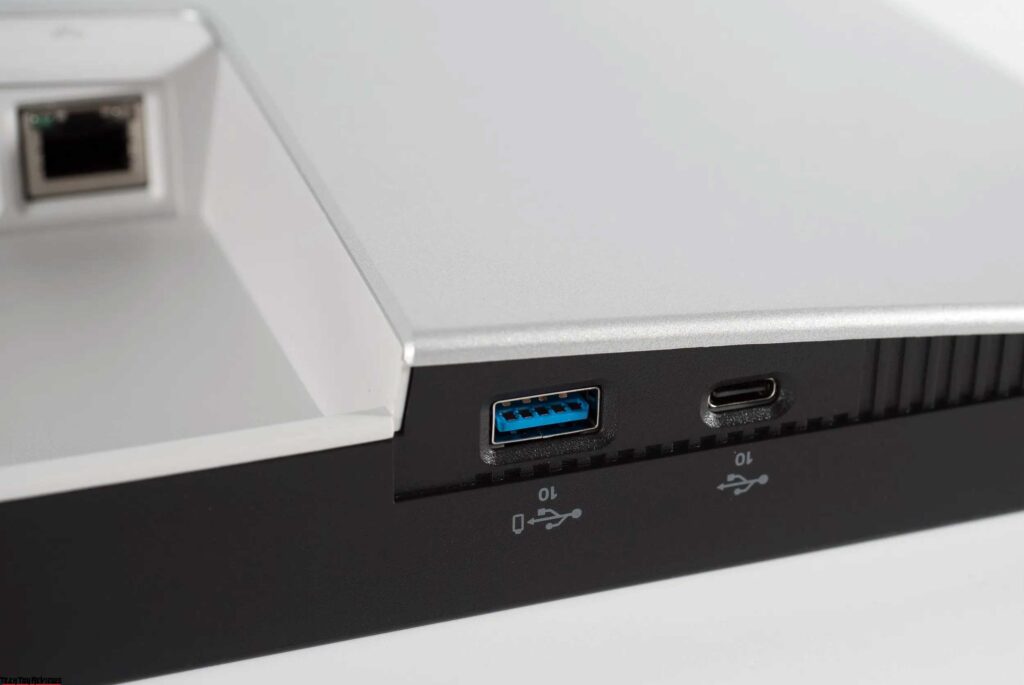

The package includes power cables, a DisplayPort cable, a Thunderbolt 4 cable, a USB 3.0 Type-A to USB Type-C cable, a user guide, a factory calibration report, instructions for safe handling, and service information.
Menu
The Dell U2724DE monitor features an intuitive control system that is easy to use and more practical than the small and stiff keys found on other models. The control panel consists of a recessed power button and a five-way joystick, with a hidden status indicator that does not distract the user.
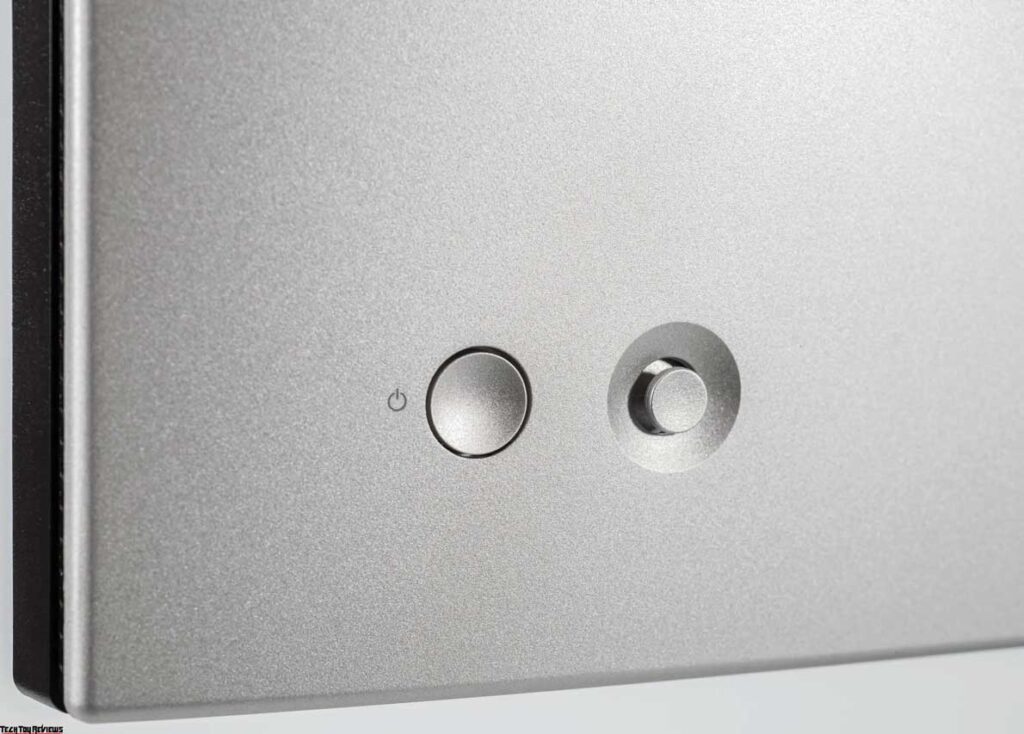

When using the joystick, the screen displays hint icons that provide information and quick access to the selected functions. You can customize these functions in a dedicated menu subsection.
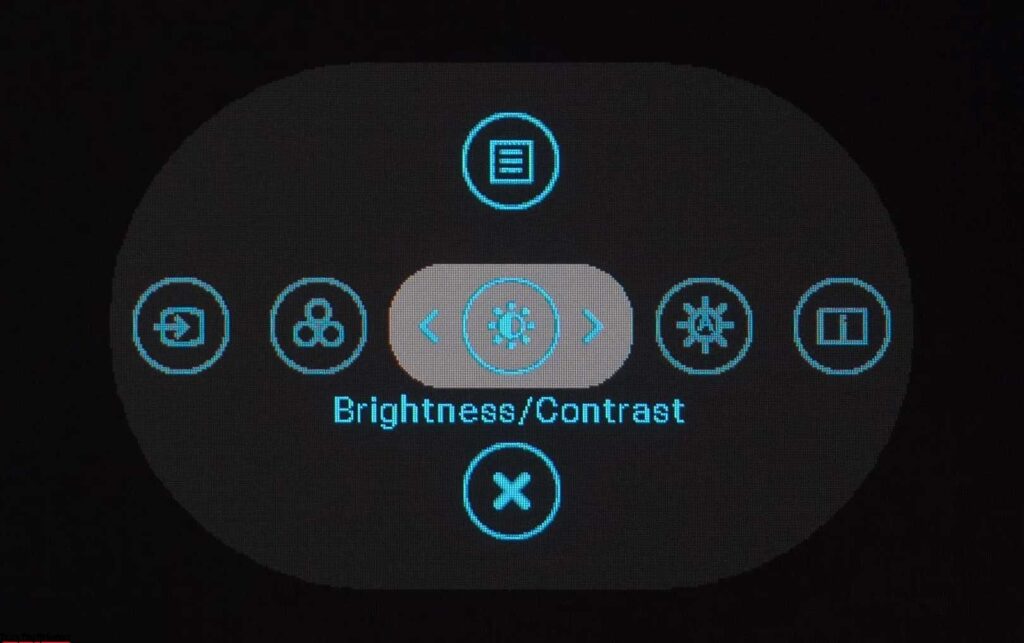
By default, the quick-access parameters include selecting a picture mode, adjusting brightness and contrast, choosing a signal source, enabling automatic brightness, and enabling automatic color temperature adjustment. Users also have the option to select other functions for quick access through the OSD Menu.
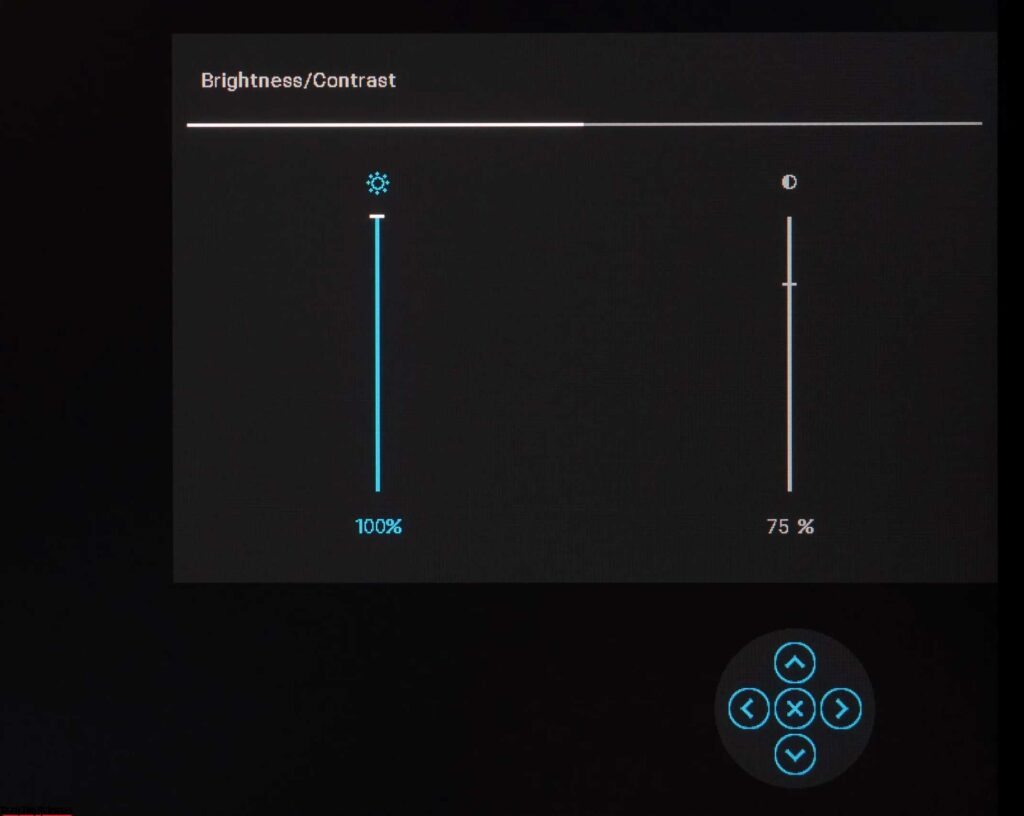
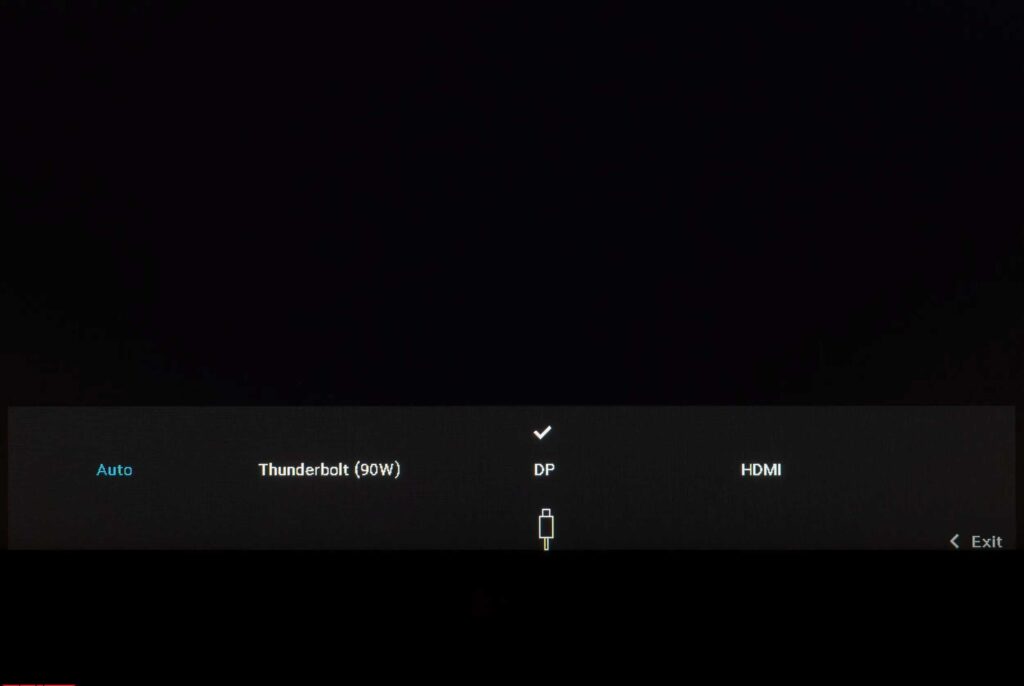
Access the nine sections of the main menu through a designated button. The first section allows for the adjustment of brightness and contrast settings. The second section focuses on connection interfaces and their selection. The Color section provides preset color modes, color format settings, and reset options. The fourth section, Display, allows users to select aspect ratio and response time settings.
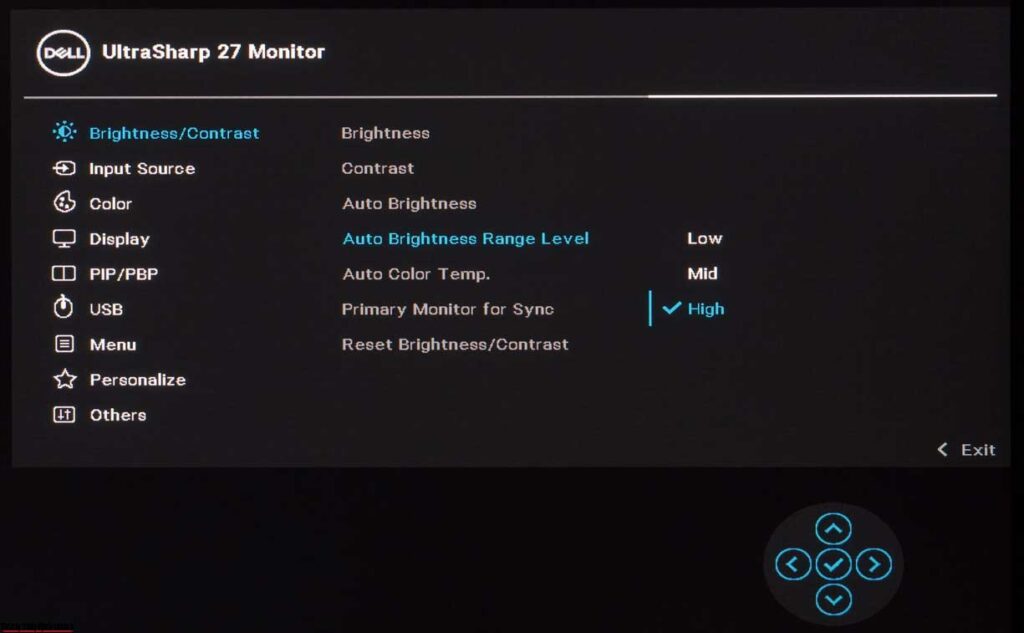
There is a section specifically dedicated to PiP/PbP functions and another for USB port settings required for the proper operation of the KVM switch. The seventh section is dedicated to OSD screen settings.
Dell U2724DE review test
Color gamut
The U2724DE monitor features an advanced IPS Black WQHD panel with W-LED backlighting. An additional sputtering layer modifies the backlight spectrum and expands the color gamut.
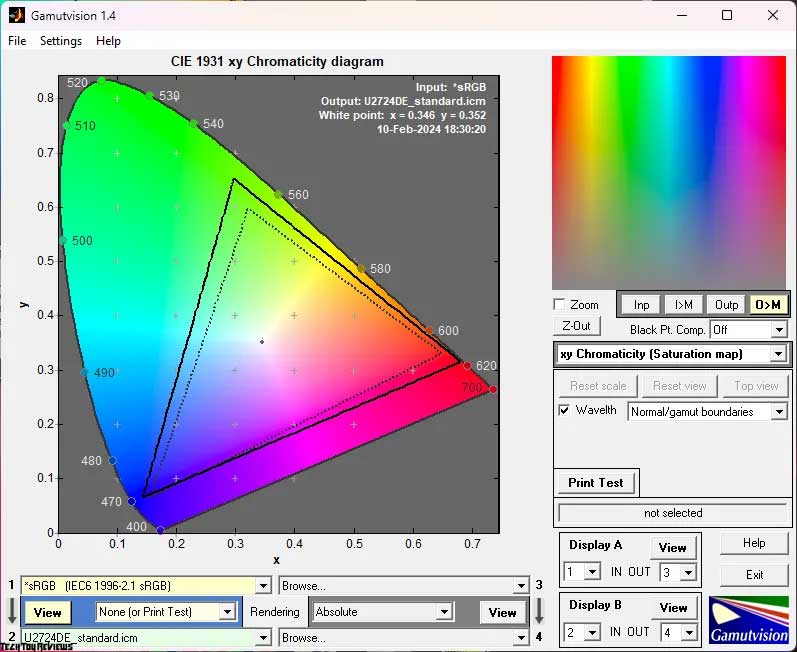
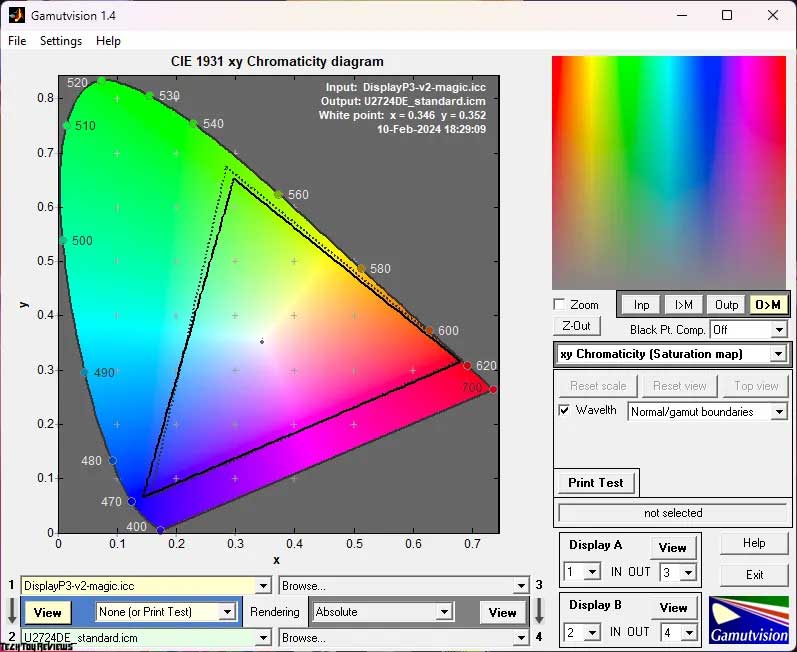
In the initial Dell U2724DE review test, we set the display to its factory settings (Standard mode). Based on the screenshots provided, it is evident that the monitor surpasses sRGB (with a manufacturer-declared 99% coverage) in all major aspects and comes close to achieving full DCI-P3 coverage.
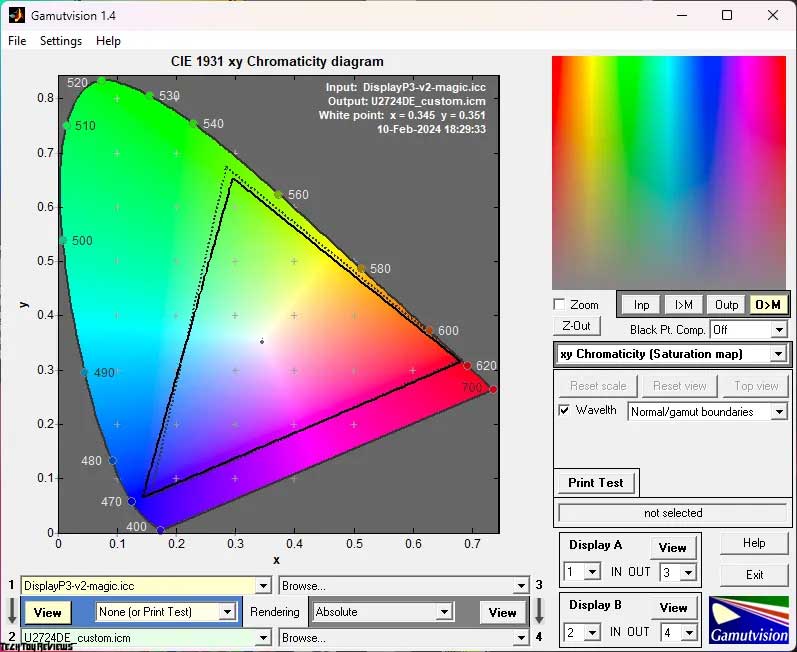
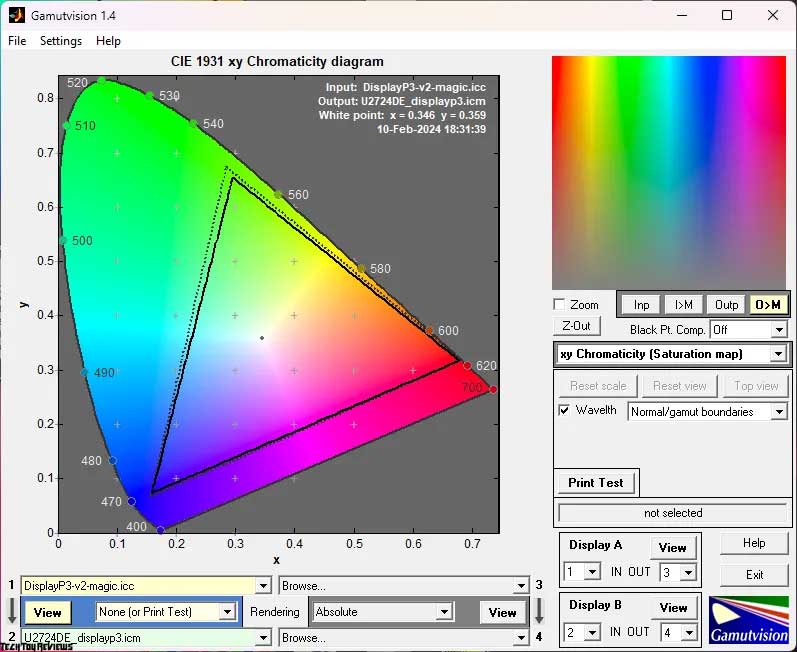
Switching to the Custom mode yields similar results with remarkable accuracy, and activating the special Display P3 mode does not affect the panel’s maximum capabilities. Hence, the three modes exhibit extremely similar results, particularly when assessing the 2D CIE diagram.
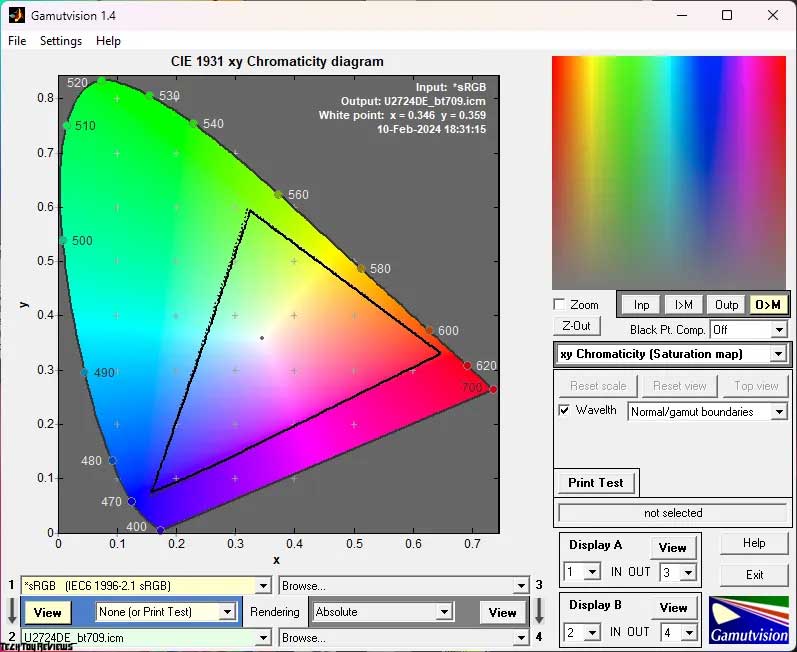
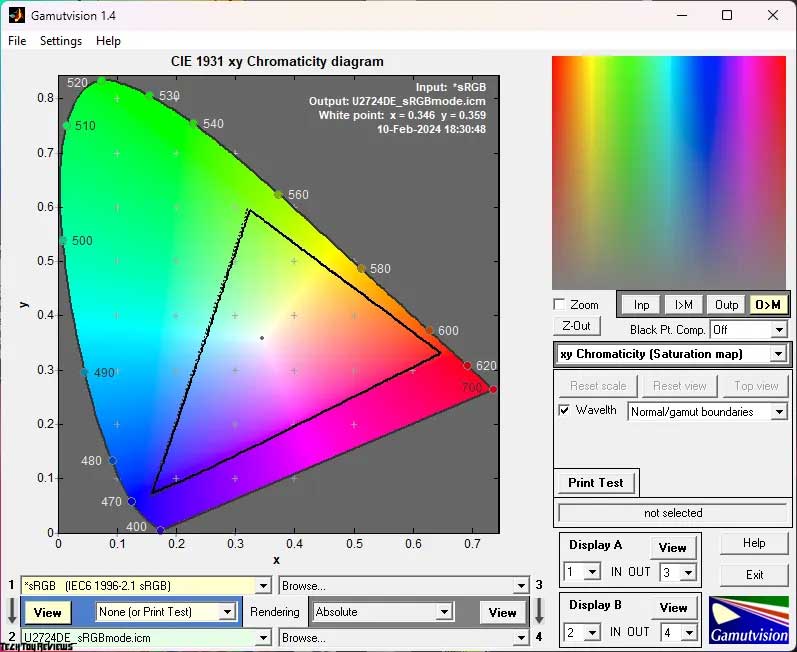
To ensure seamless work in the sRGB and Rec.709 color spaces, which are similar but have different gamma settings, users can switch to the corresponding emulation modes. These modes work satisfactorily but have limitations in terms of further adjustments; you can only modify brightness and contrast settings (do not alter other settings).
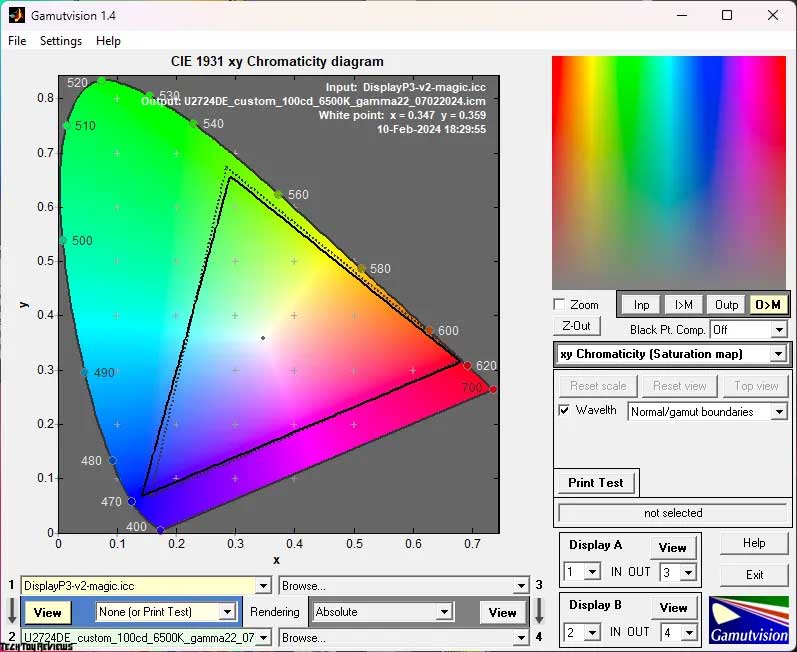
Despite manual adjustment and calibration efforts, we were unable to further increase the color coverage. This Dell U2724DE review unit has already achieved the highest level achievable at the factory, which demonstrates that Dell has optimized the potential of the new high-speed IPS Black panel.
The results for the monitor’s color gamut compliance with standardized spaces (the second digit representing color volume) are as follows:
Standard settings:
- sRGB: 99.7% coverage, 137.3% volume
- AdobeRGB: 85.2% coverage, 94.6% volume
- DCI-P3: 93.9% coverage, 97.3% volume
sRGB mode:
- sRGB: 96.5% coverage, 96.6% volume
- AdobeRGB: 66.5% coverage, 66.5% volume
- DCI-P3: 68.4% coverage, 68.4% volume
BT.709 mode:
- sRGB: 96.3% coverage, 96.3% volume
- AdobeRGB: 66.3% coverage, 66.4% volume
- DCI-P3: 68.2% coverage, 68.2% volume
Display P3 mode:
- sRGB: 99.6% coverage, 132.2% volume
- AdobeRGB: 82.9% coverage, 91.1% volume
- DCI-P3: 93.0% coverage, 93.7% volume
Custom Mode:
- sRGB: 99.7% coverage, 138.3% volume
- AdobeRGB: 85.9% coverage, 95.3% volume
- DCI-P3: 93.8% coverage, 98.0% volume
After setup and calibration:
- sRGB: 99.5% coverage, 140.1% volume
- AdobeRGB: 87.2% coverage, 96.5% volume
- DCI-P3: 93.2% coverage, 99.2% volume
We obtained all values by profiling in the Argyll CMS environment, removing any colors and shades beyond the reference values. The Dell U2724DE monitor satisfactorily meets the fundamental requirements for working with color in standard spaces and the extended Display P3 space, thereby confirming the manufacturer’s stated specifications.
Regarding the handling of colors and shades that exceed the studied standards, it is possible to address them using familiar methods, such as ICC/ICM profiles and software that provides proper support for a color management system (CMS). Examples of such software include Adobe products, Google Picasa, XnView, Windows Photo Viewer (7, 8, 10, 11), Firefox, Google Chrome, and others.
Brightness, contrast, and basic color rendering
The monitor in question offers three main modes (Standard, Movie, and Game), a mode with a customizable color temperature range from 5000 to 10000K, four color standard emulation modes, and a Custom preset for manual adjustments. The default mode is Standard Mode with the following settings:
- Brightness: 75
- Contrast: 75
- Response Time: Normal
Let’s focus on the most useful modes as presented in the table below:

We analyzed the modes in detail and found that the brightness of the white field is generally average across most of them. Only in BT.709 did engineers determine the brightness to be 107 nits. Unfortunately, the monitor didn’t meet the declared contrast ratio in TX, showing a result of 1615-1691:1 in the main modes and 1764:1 in the Custom mode. However, this is still significantly higher than the calibrated ASUS PA278CGV monitor. If black field depth is a priority for you, then this is worth considering.
It’s important to note that these differences may not significantly impact the actual contrast of the picture in most cases. Nevertheless, it’s essential to carefully consider and prioritize the most important characteristics of your desired purchase. Now, let’s continue with our Dell U2724DE review below.
The white point accuracy of the monitor is average, but in Display P3 mode, it performs better with only a 1.7 DeltaE deviation from the 6500K reference.
In terms of gamma settings, which affect the image contrast on the screen, the U2724DE performs well overall. The sRGB, BT.709, and Display P3 emulation modes show minimal DeltaE94 deviations. These results can be further improved, especially by reducing the brightness to a more optimal level. Therefore, we recommend performing additional calibration.
The DeltaE94 values falling within the orange and red zones in Standard and Custom modes are due to the matrix color gamut inaccuracies in the DCI-P3 space. Applying a clarifying profile resolves this issue. The modes themselves are very similar, so it’s advisable to use the Custom mode only when making full manual adjustments. That’s what we did.
To achieve 100 nits of brightness, a white point color temperature of 6500K, and other improvements, we switched to Custom Mode and adjusted the following settings:
- Brightness: 20
- Contrast: 75
- RGB Gain: 100/98/100
- Response Time: Normal
These manual adjustments allowed us to reduce the brightness to the desired level and set the white point very close to 6500K with minimal deviations. In this mode, the color gamut maximizes for the high-speed IPS Black panel installed, operating at a refresh rate of 120 Hz.
After applying the custom correction profile, the final color accuracy significantly improved to an average DeltaE94 level of 0.16, with a maximum of 0.72. This level ensures confidence in color accuracy.
Gamma curves and gray balance
To analyze gamma curves and evaluate color accuracy, we used the HCFR Colorimeter program and the calibrated X-Rite Display Pro colorimeter. We examined various modes, including both preset and custom settings. By measuring the gray wedge and comparing it to the CIE diagram, we could determine the presence or absence of any undesired shades.
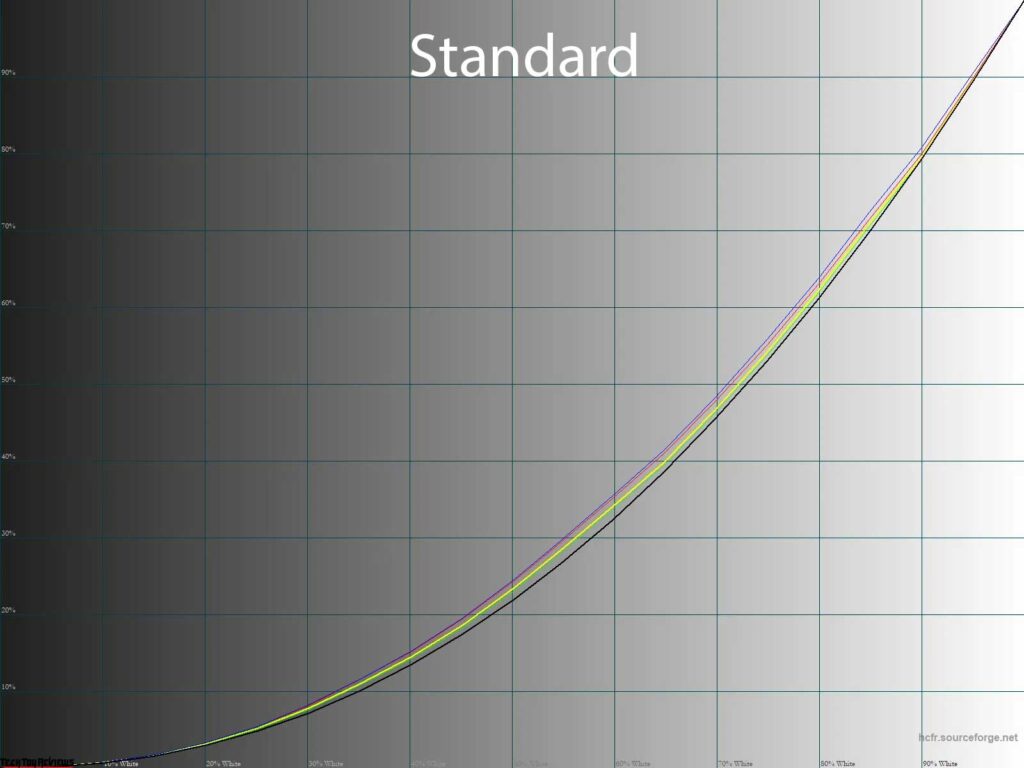
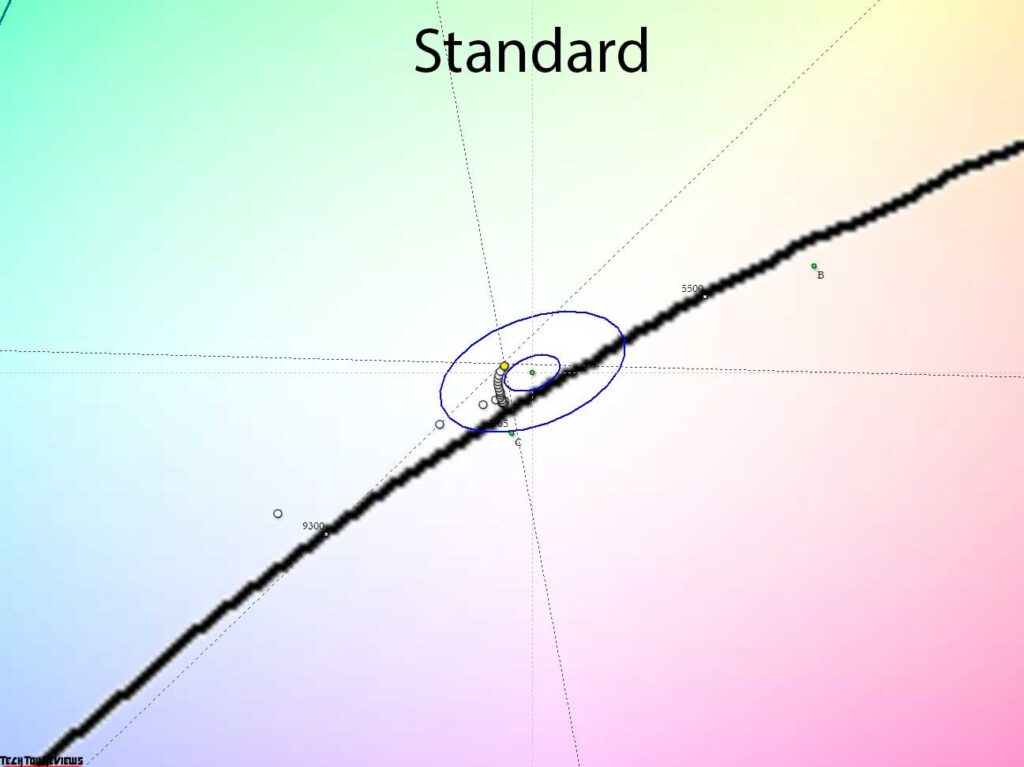
The standard settings showed slightly higher gamma curves than the reference, resulting in decreased contrast on the screen. We also observed an RGB imbalance, which likely impacted the grayscale CT stability.

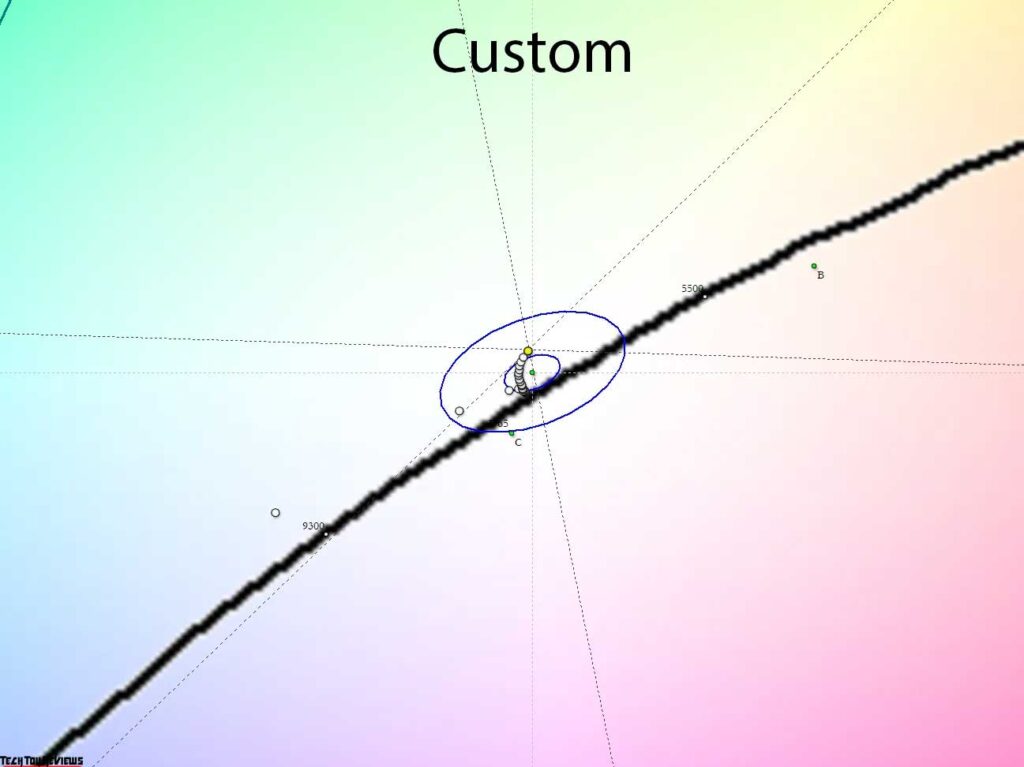
Similar observations were made in the Custom mode, although the arrangement of the gray wedge points slightly shifted towards regions with DeltaE<10.
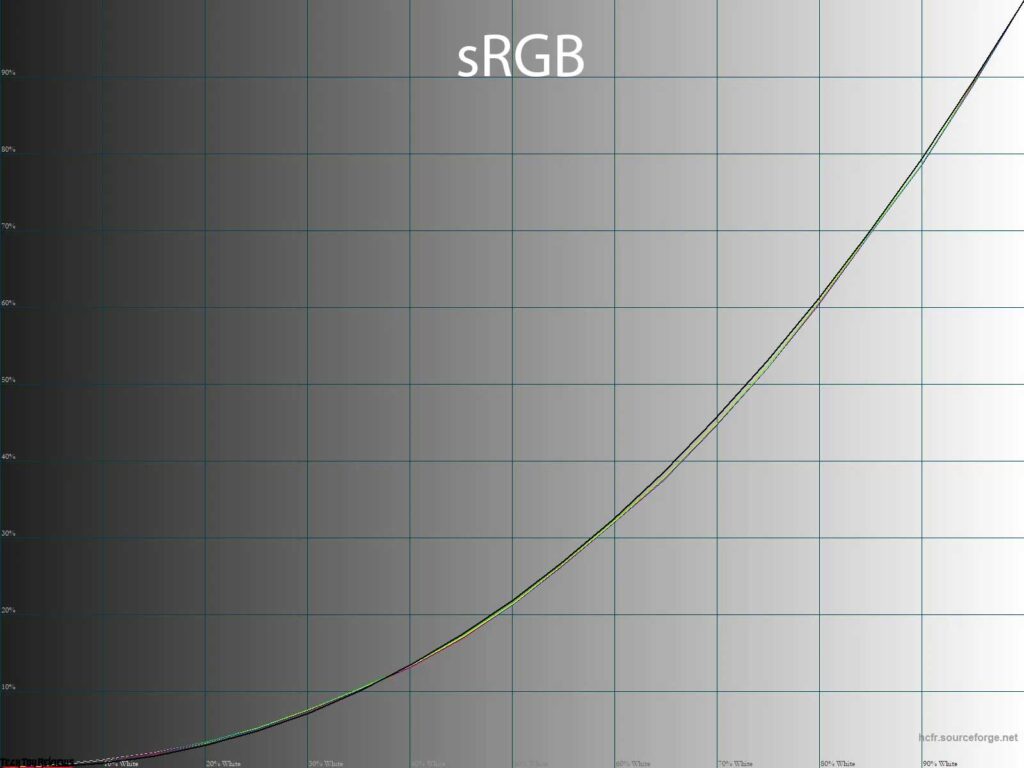
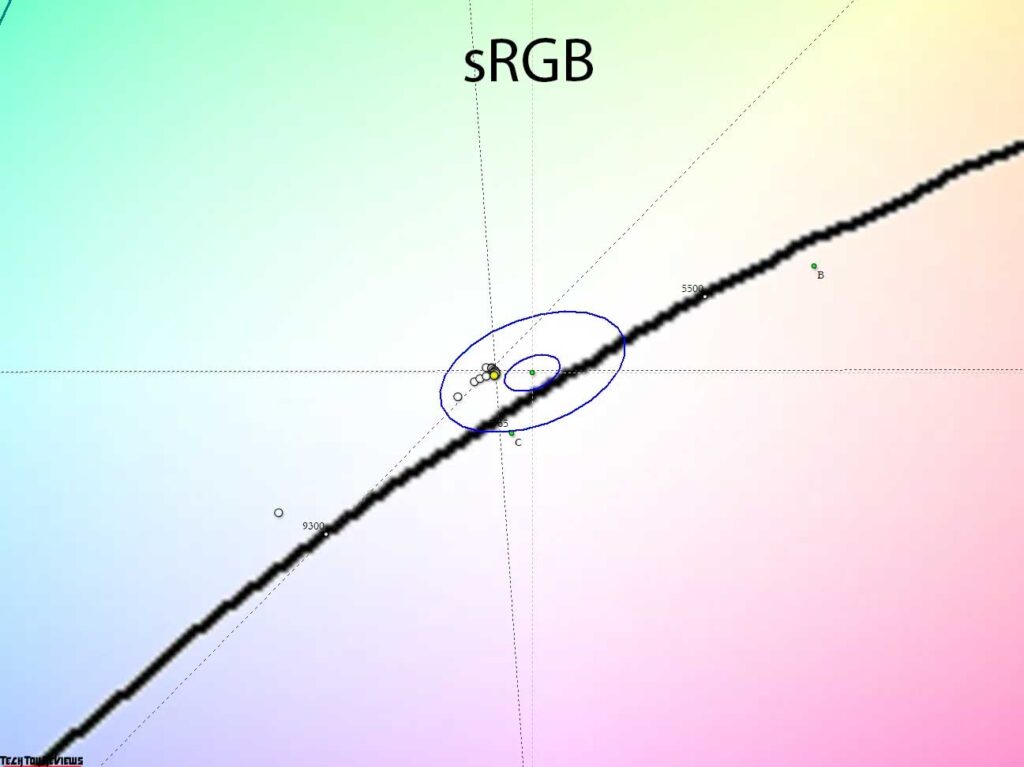
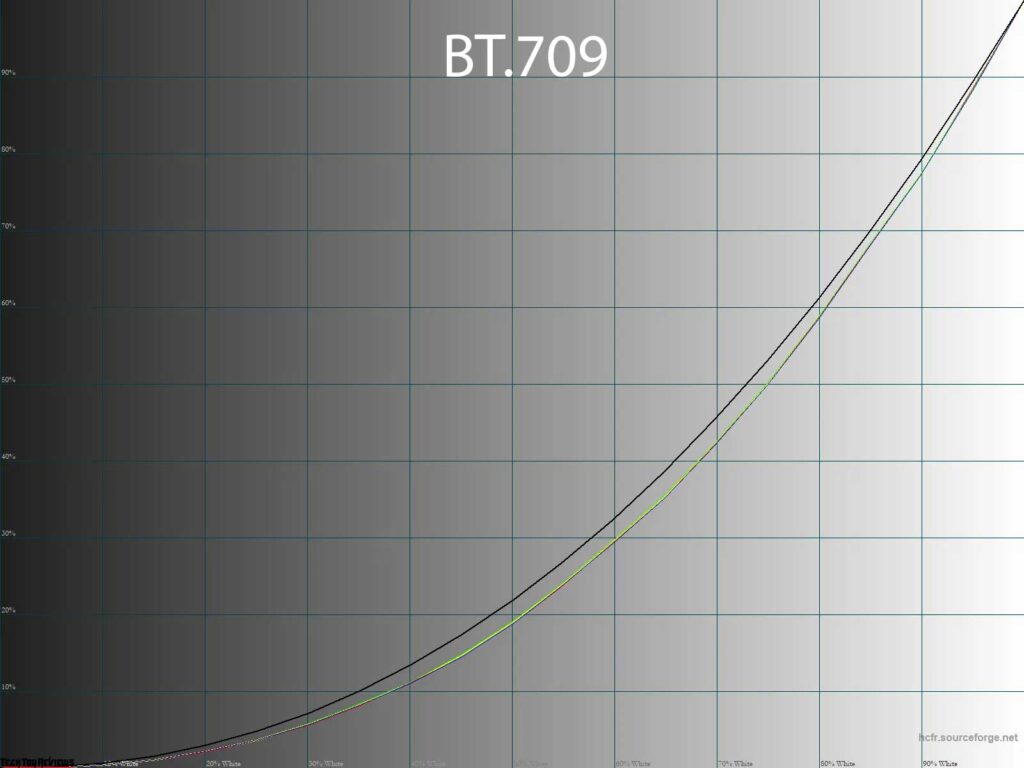
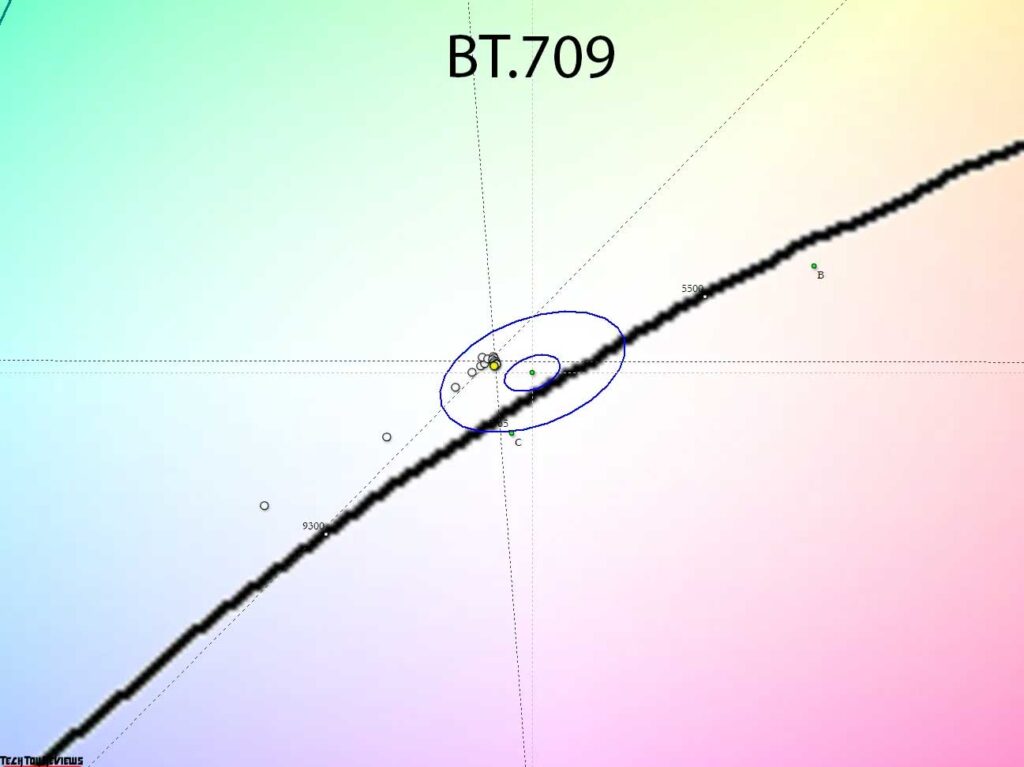
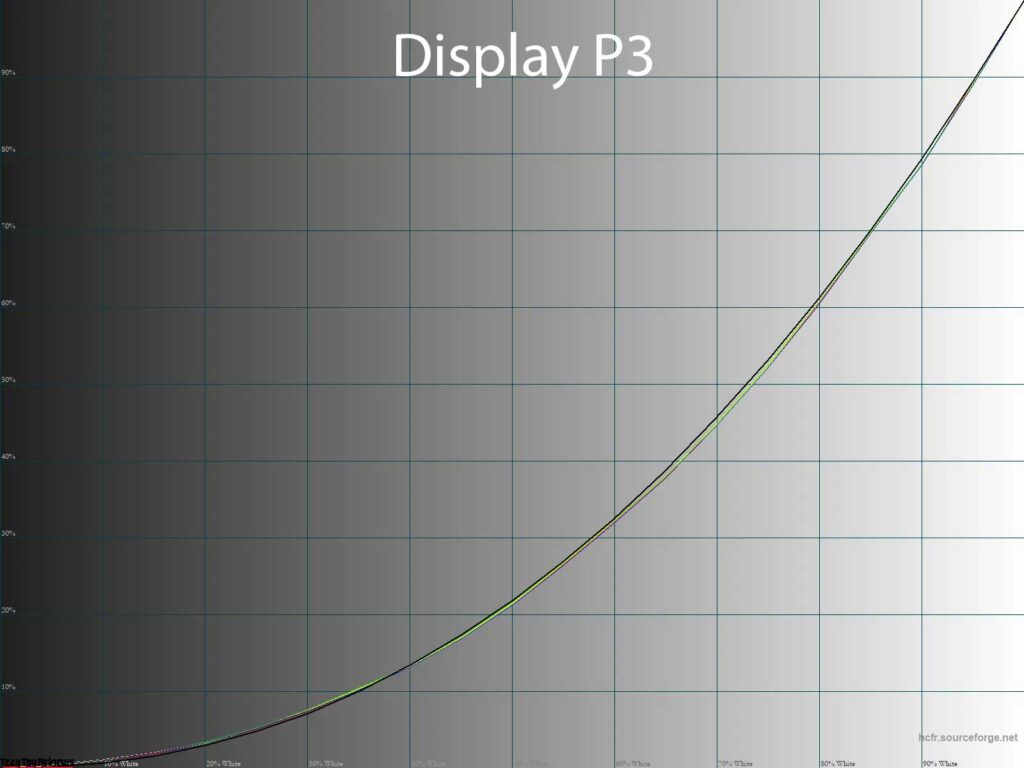
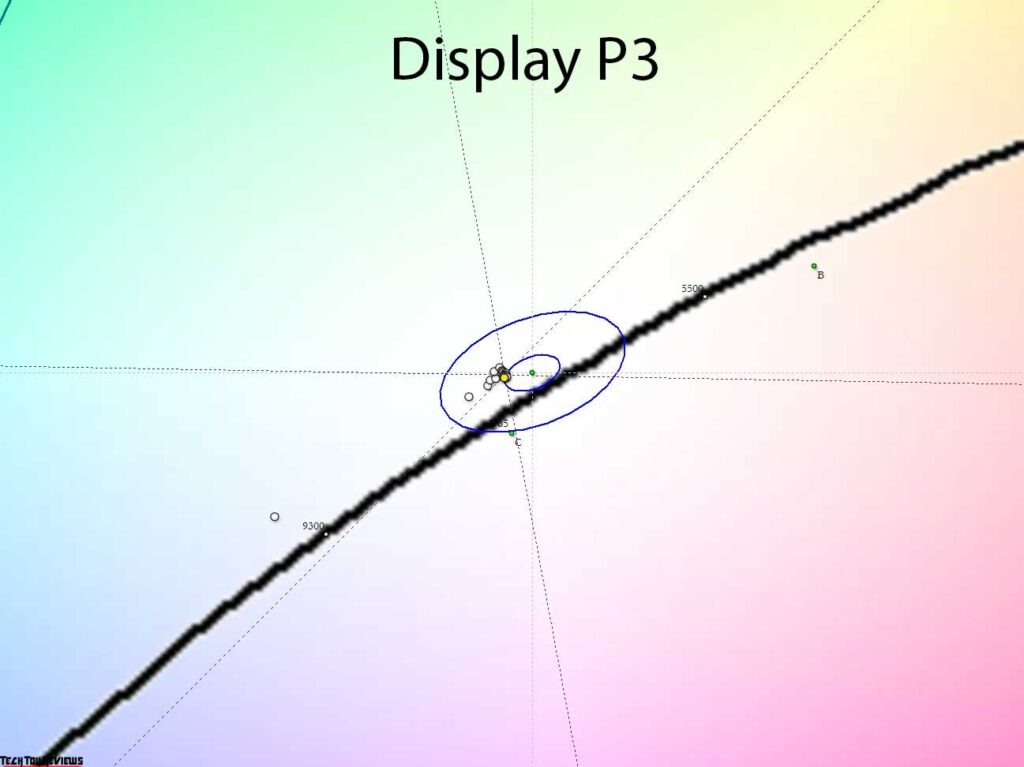
We found the most accurate gamma curves in the special emulation modes: sRGB, BT.709 (aka Rec.709), and Display P3. In these modes, the curves closely match the standards, and the stability of the color temperature for shades of gray is higher compared to the default and Custom modes.
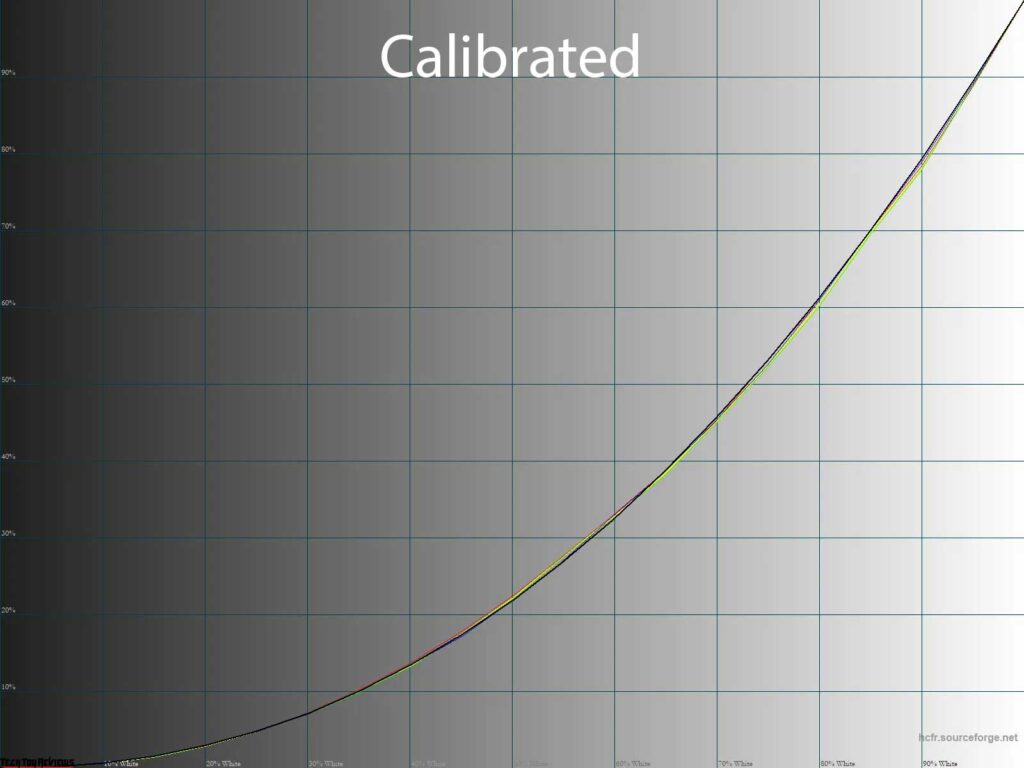
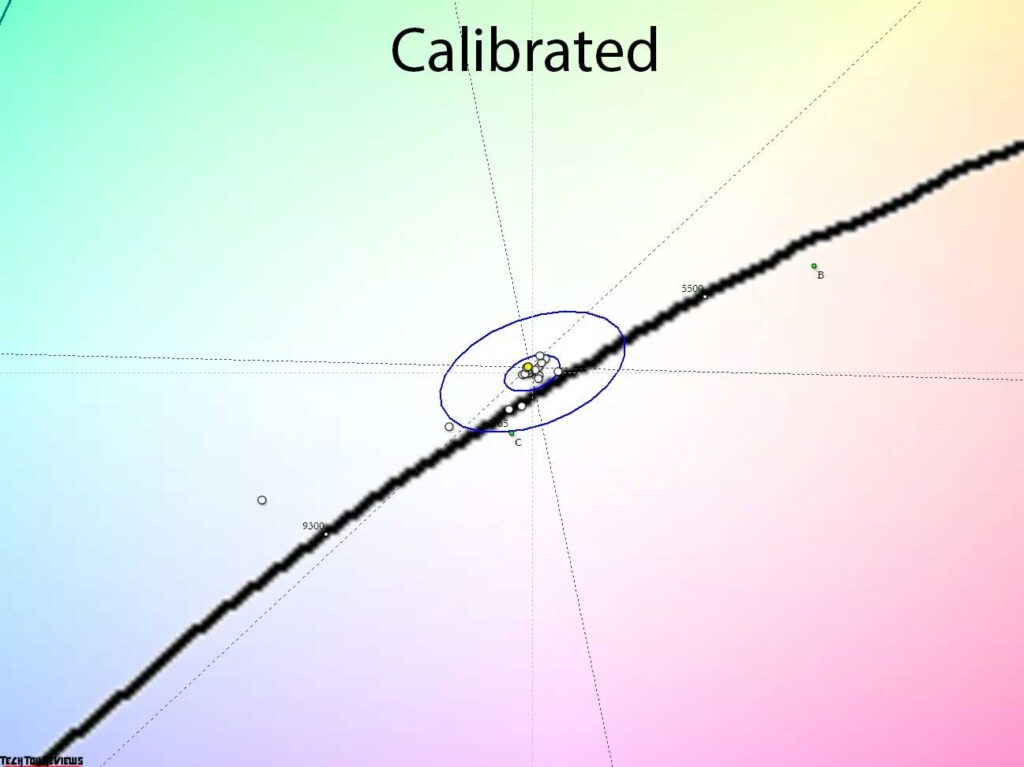
By calibrating and creating a personalized color profile in Custom mode, we were able to restore normal color rendering and provide the system with comprehensive information about the display’s capabilities at its maximum potential. The gamma curves and gray balance returned to their optimal levels, and DeltaE94 deviations decreased to the required threshold. With this calibration, users can confidently work with color without encountering any issues while maintaining access to all monitor settings.
Gradients uniformity
The U2724DE monitor’s pseudo-10-bit (8-bit + FRC) IPS Black panel displayed high-quality gradients without any issues in emulation modes of various color spaces. We did not observe any visual differences from 60 Hz analogs, indicating comparable quality.
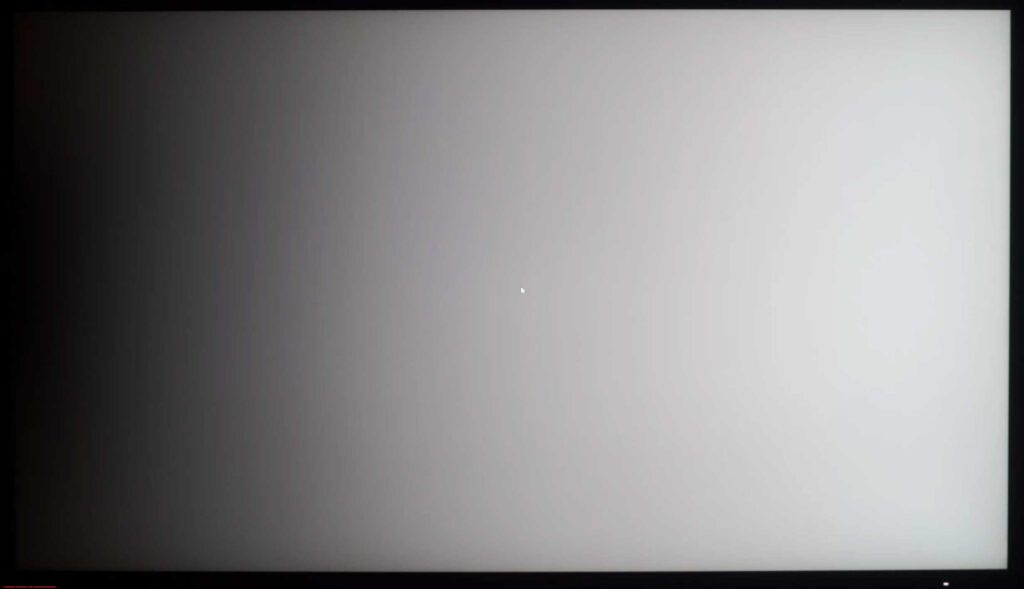
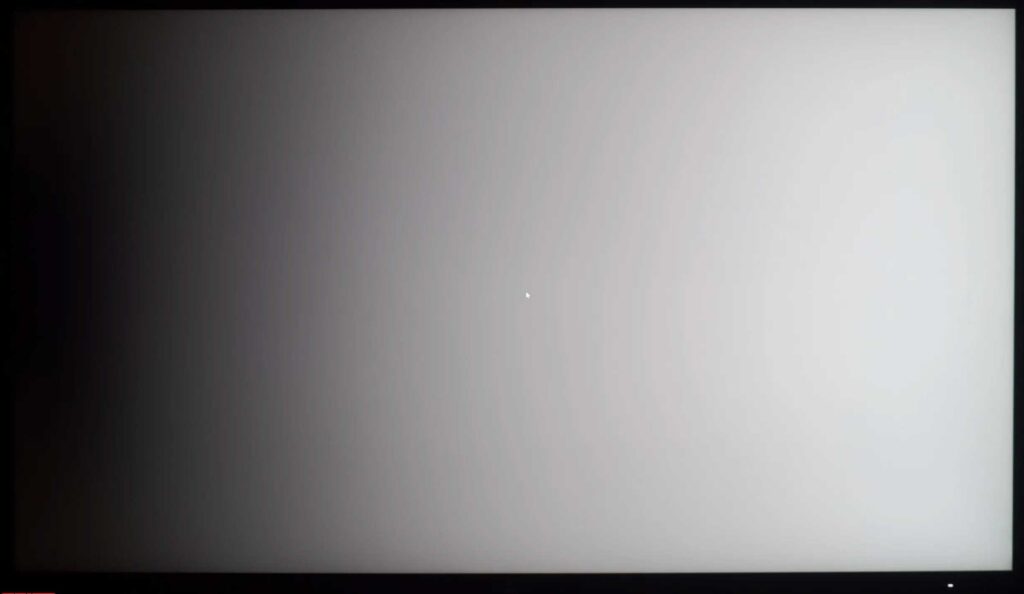
However, the gradients suffered after we calibrated the LUT of the graphics card with minor changes. We noticed several sharp transitions in the 5-60% range accompanied by spurious tints in yellow and green. While the FRC helped, it was not enough.
In terms of banding, the Dell U2724DE performed on average. There were rough transitions and spurious shades, but it is better than most VA panel monitors. Keep in mind that the latest generation IPS panel used in this model did not show any significant improvement over its predecessors in this regard.
Color temperature stability
In this section of our Dell U2724DE review, we will assess the stability of color temperature in different image modes.
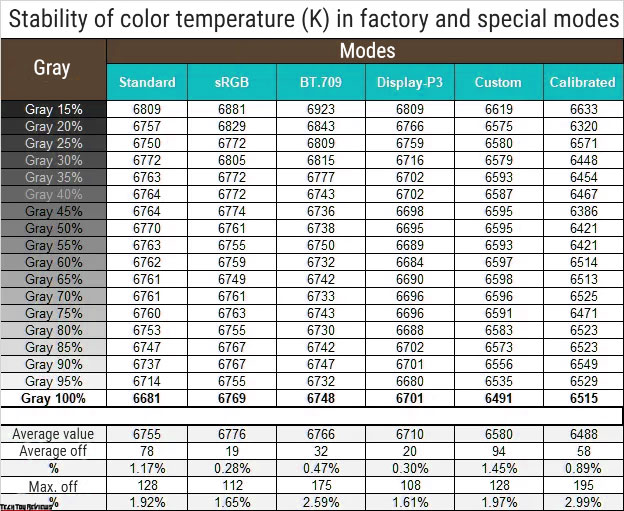
To evaluate the color temperature stability, we analyzed the deviations of the gray wedge points along the X-axis. It is important to note that these deviations do not affect the vertical axis. To assess any potential issues with spurious shades, we referred to the CIE diagram in the “Gamma curves and gray balance” section.
At standard settings and in the Custom manual mode, the color temperature stability was high. However, even better results are achieved by switching to the sRGB, BT.709, and Display P3 emulation modes. In these modes, the average deviation was 3-4 times lower, enhancing the overall stability. After a full calibration, we maintained a similar level of stability to the factory settings, which is impressive.
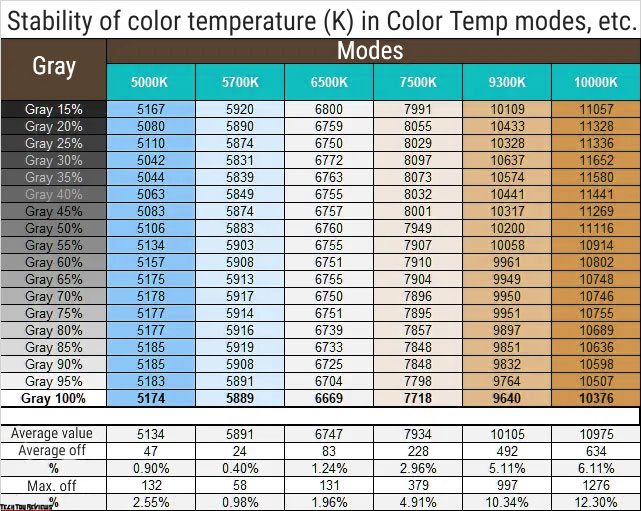
The additional color temperature modes in the corresponding subsection allowed us to draw two main conclusions: the accuracy of the names of the modes concerning the actual results obtained is extremely high, and an increase in color temperature reduces the stability of gray shades. You are welcome to use these modes if necessary, but please keep in mind the observations we made.
Contrast stability and brightness range
To test the contrast stability and brightness range of the U2724DE monitor, we first set the Standard mode. We adjusted the Brightness value from 100 to 0% in increments of 10 units. We used the HCFR program to obtain accurate measurements for the table below, allowing us to estimate the black level with three decimal places and determine a reliable contrast ratio.
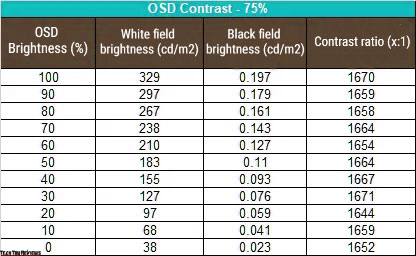
The Standard mode produced an operating brightness range of 38-329 nits and an average contrast ratio of approximately 1660:1. While the brightness reduction was completely linear, the contrast ratio was about 15-17% lower than the stated value.
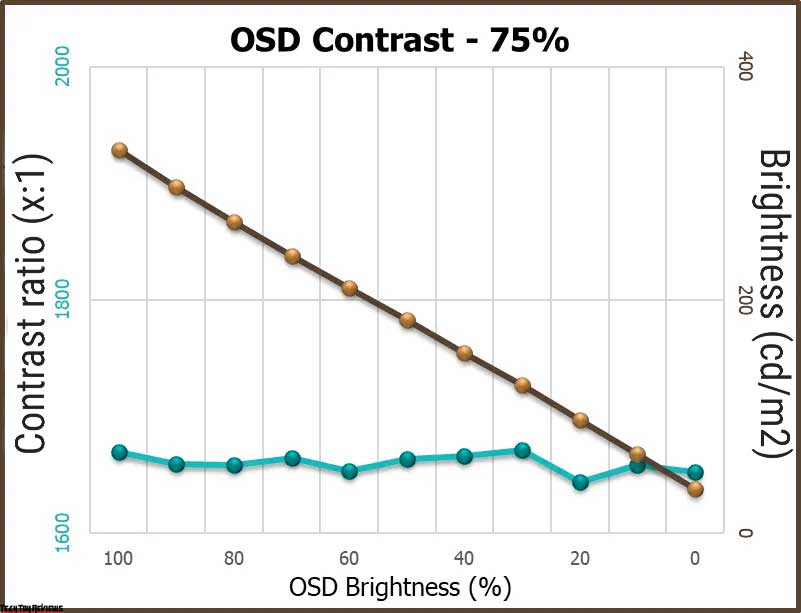
Despite this, the U2724DE still achieved a relatively high upper limit of white point brightness, allowing it to work well in bright external conditions, thanks to its matte surface. Additionally, the monitor can provide comfortable viewing in low levels of external light or at night, thanks to the minimum brightness of 38 nits, which reduces eye strain. Overall, we found no significant issues with the U2724DE’s performance.
Viewing angles
When it comes to large 4K monitors with IPS panels, the viewing angles are typically not a concern. Our Dell U2724DE review model is no exception, as its viewing angles are comparable to those of similar monitors. We observed no major advantages over previous generations of IPS panels.

The picture on the screen remains unchanged with slight variations in horizontal viewing angles. However, when the angle increases to 30-45 degrees, the monitor shows less saturated colors, reduced contrast, and slightly brightened shadows. Vertical changes result in a more significant decline in image quality, particularly in dark areas and the edges of the panel.
Other features
The Dell U2724DE monitor features a 27-inch IPS Black panel with a fast response time, ideal for frameless cases.
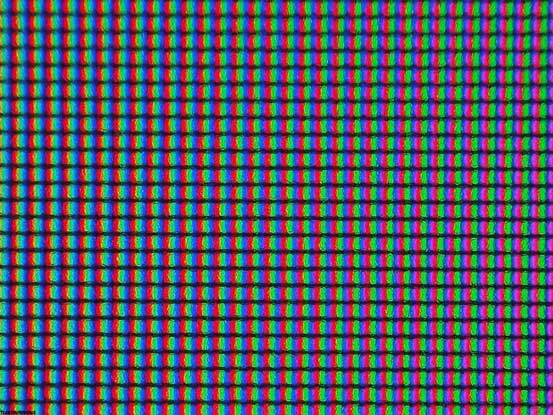
The panel’s pixel structure is similar to the classic LG AH-IPS/Nano IPS panels that are prevalent today. The monitor’s surface is not as rough as true matte options but is rougher than semi-matte alternatives that are more common in modern monitors.
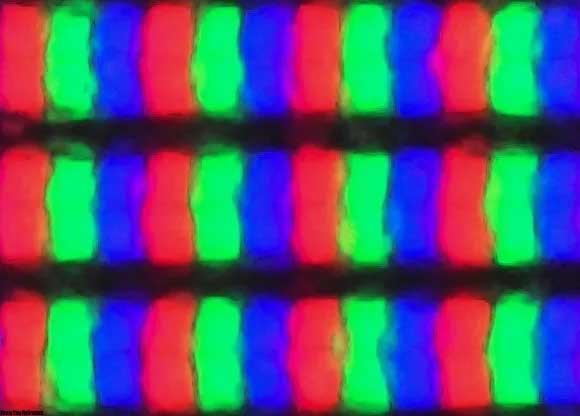
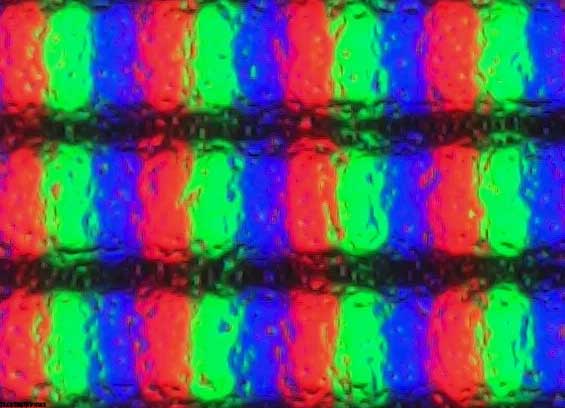
Under normal viewing conditions, the faint crystalline effect is always perceptible but not uncomfortable. The screen is free of the Cross-Hatching effect, and the high anti-glare properties of the surface enable comfortable use in any working conditions.
The monitor boasts a panel with a response time of 5-8 ms measured using the Gray-to-Gray method, and its default value is Response Time – Normal. Compared to Dell’s 60Hz UltraSharp series monitors, the Dell U2724DE offers double the vertical scan frequency, resulting in a smoother interface and more vivid images with reduced blur, although not at the level of popular gaming WQHD IPS monitors.

Our Dell U2724DE review test found that it detects input lag in only 4.7 ms when connected through DisplayPort 1.4 and set at 120 Hz—impressive for a business monitor. The monitor officially supports VRR systems, ensuring full support for open Adaptive-Sync and compatibility with NVIDIA G-Sync in Compatible mode (without an official certificate) in the range of 48-120 Hz without any issues.
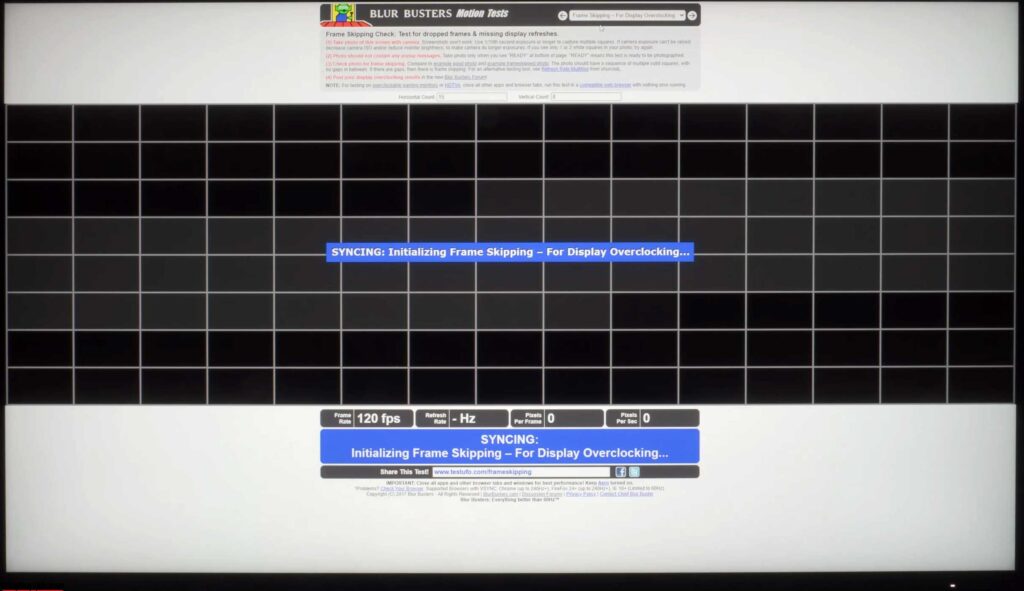
Finally, the Dell U2724DE monitor can handle 120 Hz without dropping frames, making it an excellent option for business use.
Final line
In this Dell U2724DE review, we will not focus on its increased black depth and corresponding contrast ratio. We previously discussed this when examining the first IPS Black solutions, and it became clear that apart from the advantage in black depth compared to more familiar IPS displays, there are no other benefits from LG Display’s improved technology.
To our surprise, a thorough analysis of the new U2724DE did not answer the question of whether it is better than the Asus PA278CGV. These monitors have different approaches and focal points, and neither is superior to the other. However, from an objective standpoint, we can note that the ProArt is more suited for those who require precise color reproduction and offers more options for manual adjustments, including emulation modes. It also has better backlight uniformity and smoother panel performance with minimal visible artifacts, even with maximum TraceFree overclocking.
On the Dell side, the U2724DE offers ample connectivity options, including Thunderbolt 4 and MST/Daisy-Chain, as well as excellent ambient light/brightness and color temperature sensors. If these features are important to you, you may find yourself drawn to the U2724DE and considering a purchase. However, it’s worth mentioning that the monitor cannot output HDR content, and the ability to finely adjust emulation modes for color spaces narrower than the native capabilities of the panel is limited. In other words, each monitor has its unique features and drawbacks, and the Dell U2724DE is no exception. Good luck with your decision-making process!
Price and availability
You can purchase the Dell UltraSharp U2724DE for $529.99 at Bhphotovideo.com and £534.77 at Amazon.co.uk.